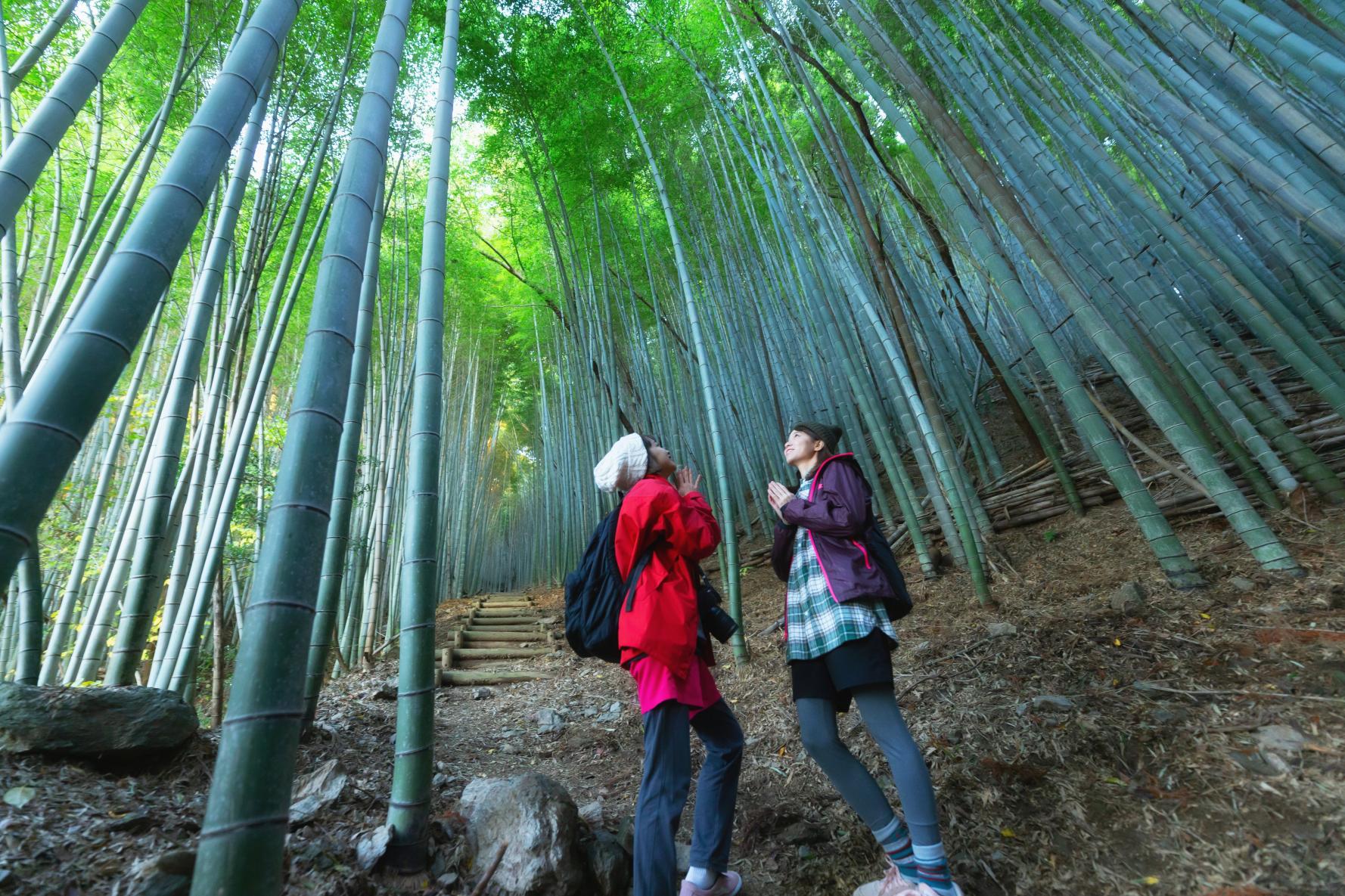
Kyushu OLLE 【04 Intermediate to Advanced】Miyama-Mt. Kiyomizu Course -Travel through spiritually rich history and nature-
The Olle course in Miyama takes you on an adventure through forests and to temples, a journey encompassed by history and nature dancing together in unison.
Course Outline
There are mysterious bamboo groves to traverse, and also great views of the Chikugo plains which light up in Spring with the swirling cherry blossoms, and also turn red in Autumn as the trees shed their leaves. Beyond is Mt. Kiyomizu which changes throughout the four seasons, and upon it the beautiful Kiyomizu Temple which features a three-storied pagoda and offers a window into the past. At the end of the course you can rest you tired feet at Miyama’s Road Station which features a wide range of local produce as well as souvenirs.
Map
Distance: 11.5km
Time required: 4~5Hours
Level: Intermediate to Advanced
Contact: Miyama City Commerce, Industry and Tourism Division (TEL: 0944-64-1523)/Miyama City Tourist Association (TEL: 0944-63-3955)
【Course Details】
Hachirakai → Umetani Water Gate (0.6km) → Yamauchi Ancient Burial Grounds (1.3km) → Zoyama Forest Park (1.6km) → Zoyama Kogoishi (1.7km) → Kuroiwa Lake (2.6km) → Spectacles Bridge (4.1km) → Honbo Garden (4.7km) → Gohyakurakan (5.0km) → Kiyomizu Temple (5.5km) → Kiyomizu Temple Pagoda (5.6km) → Second Observatory (5.8km) → Road Station Miyama (11.5km)
Related articles
Sightseeing spot
-
1. Umetani Water Gate
A water gate built for drainage into the vill alongside the Kogoishi stone walls.
-
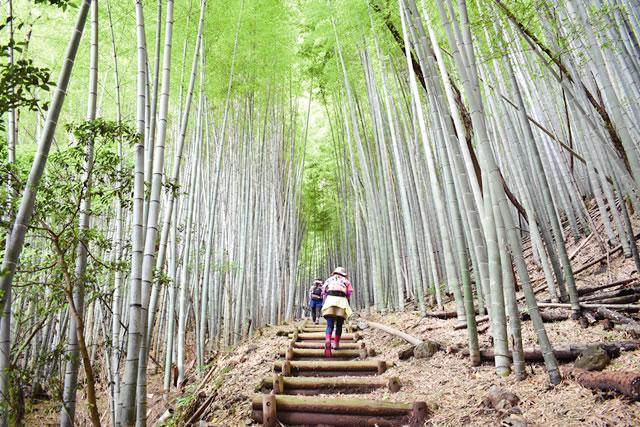
2. Bamboo grove where God dwells
View moreBamboo groves can be seen along the promenade in the Meishan Historic Forest Park. Its grandeur is overwhelming to behold, and when the sun shines through it, the atmosphere is divine.
-
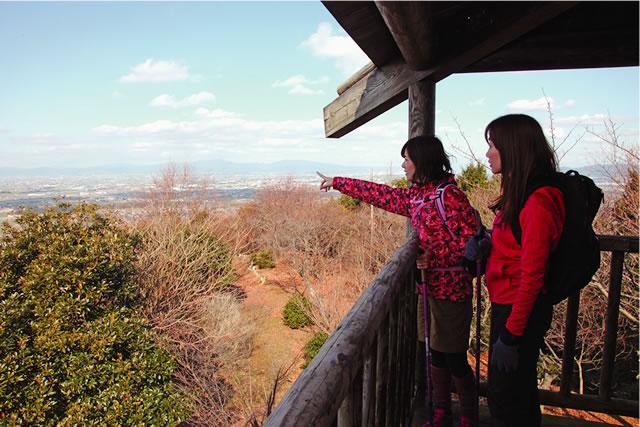
3. Zoyama Historical Forest Park
View more (Japanese website)At this park you can see the Ariake sea from the observatory based apon ancient watchtowers. In the spring there is sakura trees and in the autumn the colours are spectacular.
-
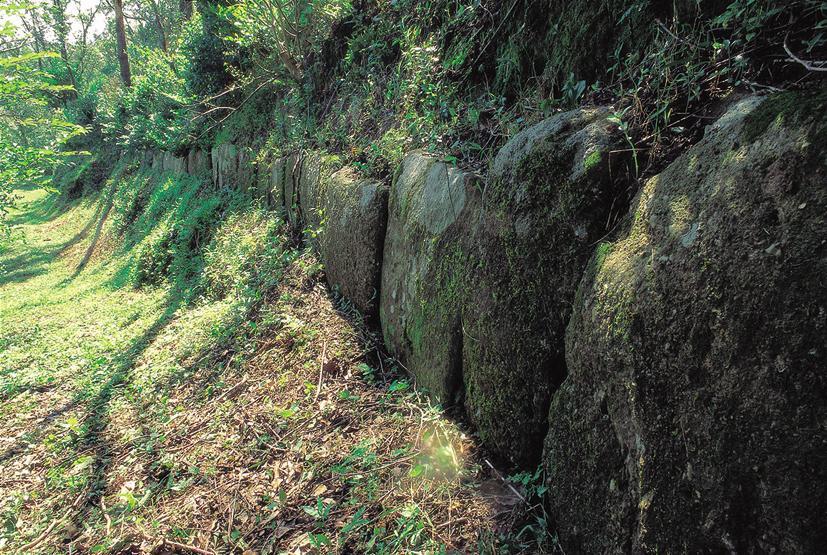
4. Zoyama Kogoishi Stone
View more (Japanese website)Walls that are said to have been built in the 7th century and have been preseved until today. These walls stretch for a length of 3km and have been designated as an Important Cultural Property in Japan since 1953.
-
5. Spectacles Bridge
This old bridge looks like a pair of glasses, built around 1864.
In 1925, a concrete bridge was built right above this bridge, and the county government ordered to demolish it, but the villagers united to protect the bridge because it was built by all villagers and could never be torn down. -
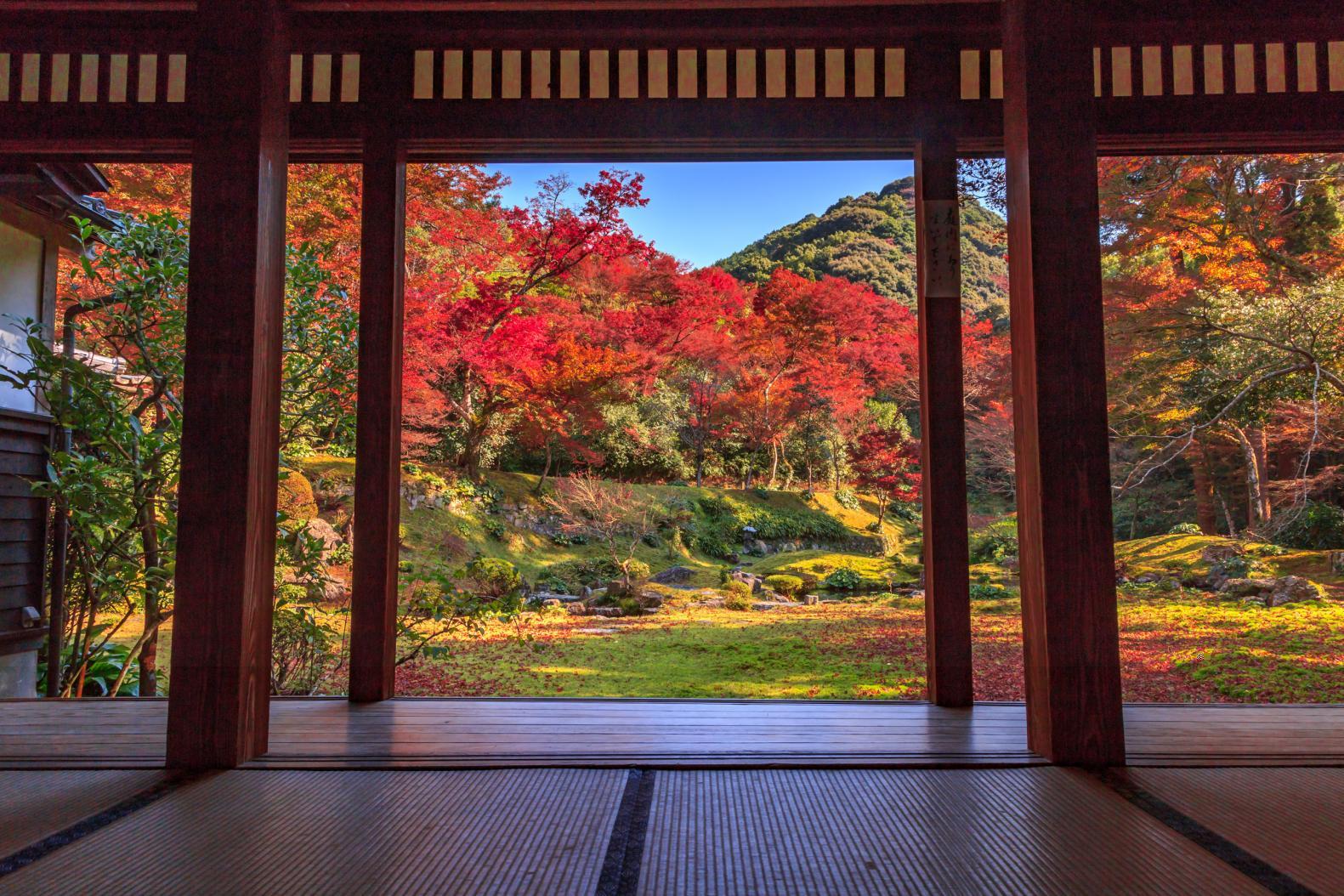
6. Kiyomizu-dera Temple Honbo Garden
View more (Japanese website)This garden is said to have been created by Sesshu in the Muromachi period (1336-1573). It has Mt. Atago as its borrowed scenery. Centered on the Shinjji Pond, the garden is a perfect blend of natural and man-made beauty with its arrangement of garden stones, plantings, and slow and rapid waterfalls that flow into the pond. In particular, the mid-autumn moon rising from Mt. Atago, which is a borrowed view, is reflected in the pond, inviting visitors into a world of profound beauty.
-
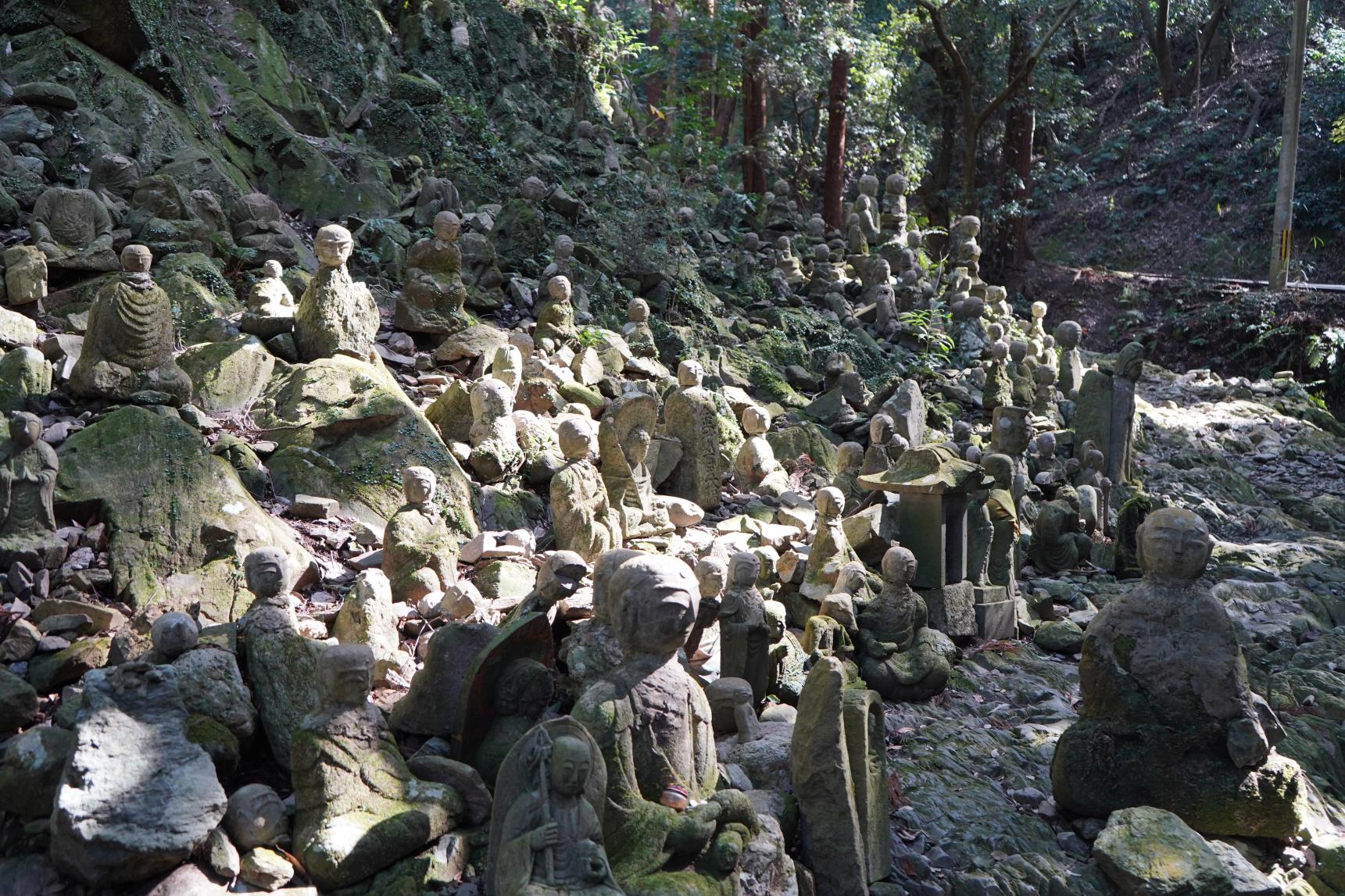
7. The Five Hundred Arhats
These are statues of five hundred disciples of the Buddha, monks who were training for the path to "self-awareness". The statues were dedicated from the Bunka-Bunsei period to the Taisho period (1912-1926), but the heads of these arhats were all cut off, and the statues were called "headless Jizo. Recently, someone put the heads back on, so each of the five hundred arhats has a different expression.
-
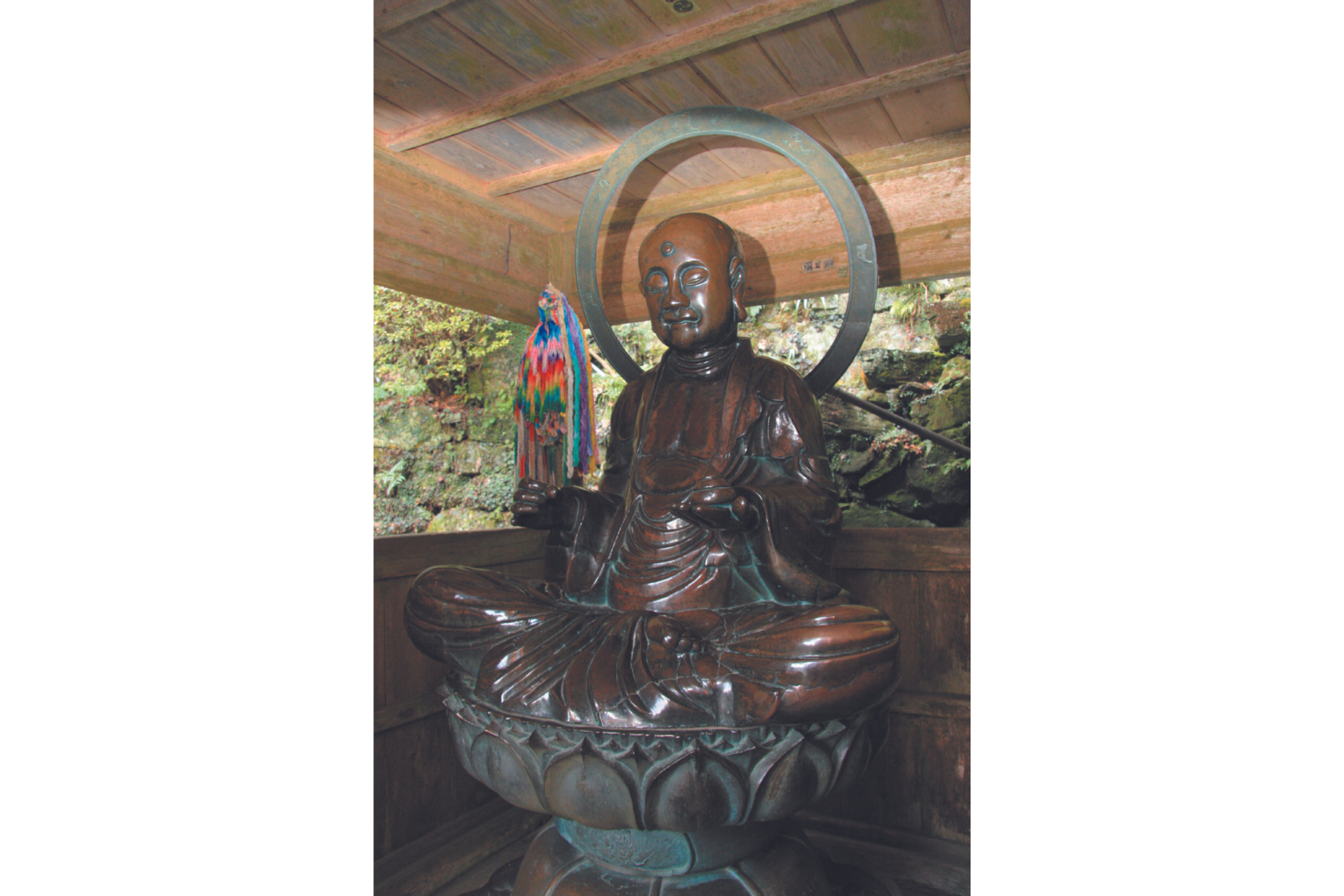
8. Kiyomizu Temple Nade-butsu (Buddhist statue)
This is a historic temple founded by Saicho, known as the founder of the Tendai sect of Buddhism. It is said to have been founded in 806.
It is said that if you have a sore or bad part of your body, you can get well by stroking the sore or bad part of your body with the same hand that stroked Nade-butsu. -
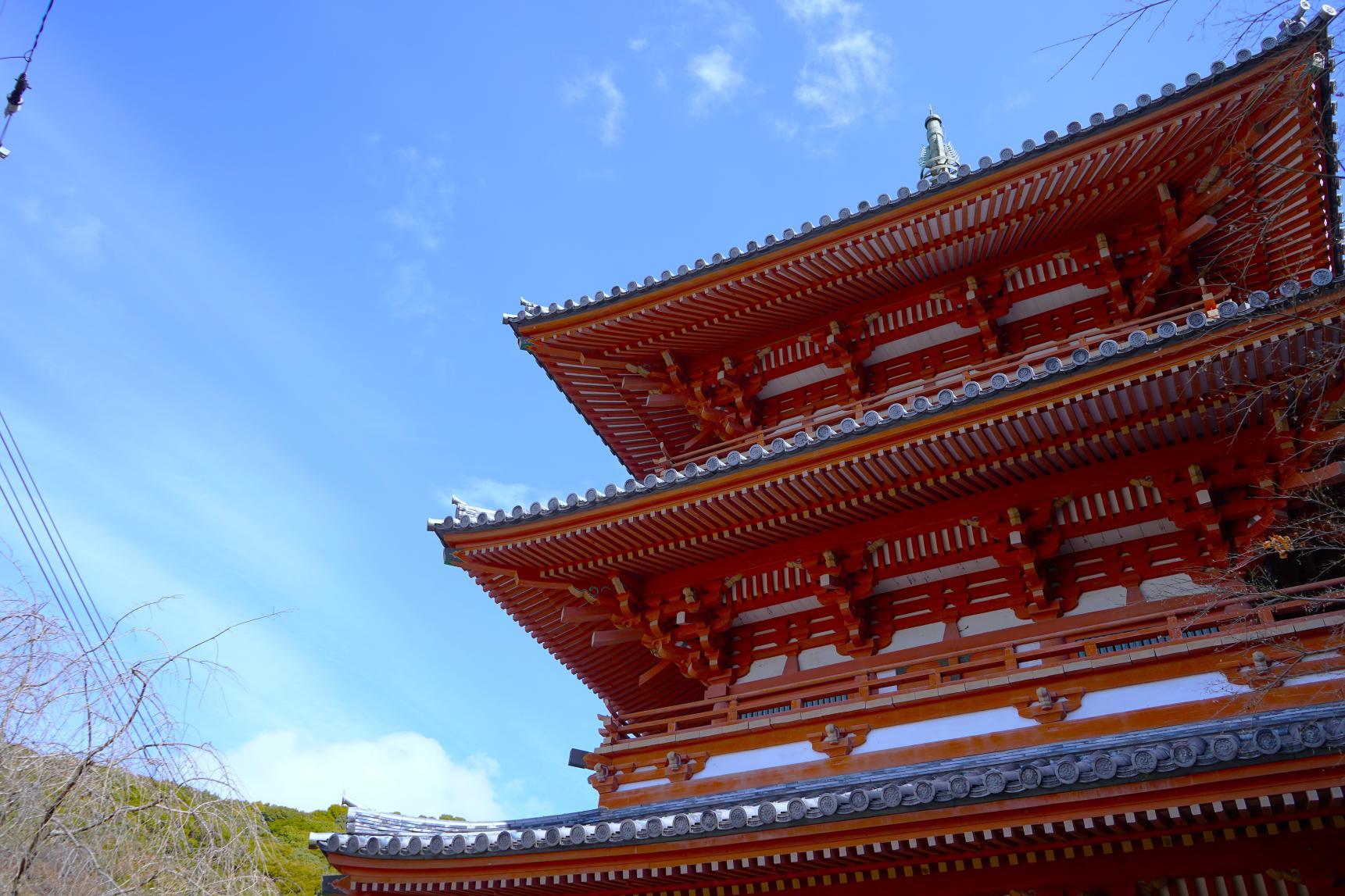
9. Kiyomizu Temple Pagoda
View moreModeled after the five-story pagoda of Shitenno-ji Temple in Osaka, the construction of the pagoda finished in 1836.
-
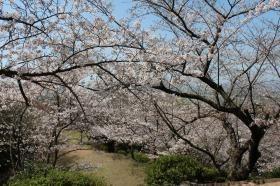
10. Second Observatory Deck
The sights of Cherry Blossoms in Miyama city. Lots of people come and see in Spring. On sunny day, you can view Ariake Sea and Mt.Unzen in Nagasaki prefecture.
-
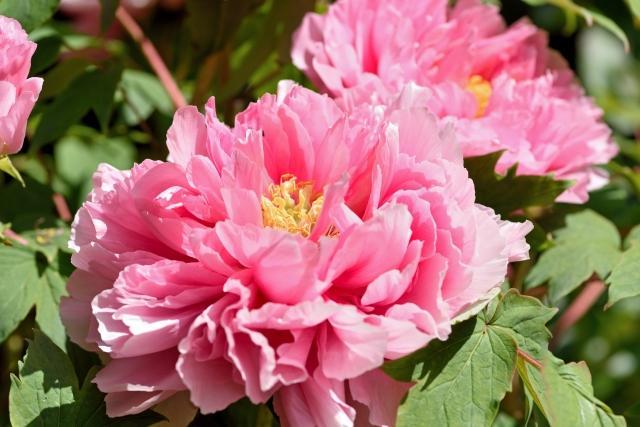
11. Mt. Kiyomizu Botan Garden
About 2,500 peonies of 80 varieties bloom in the 3,000-square-meter circular garden. They bloom simultaneously every year in mid-April, and their beauty is outstanding.
-
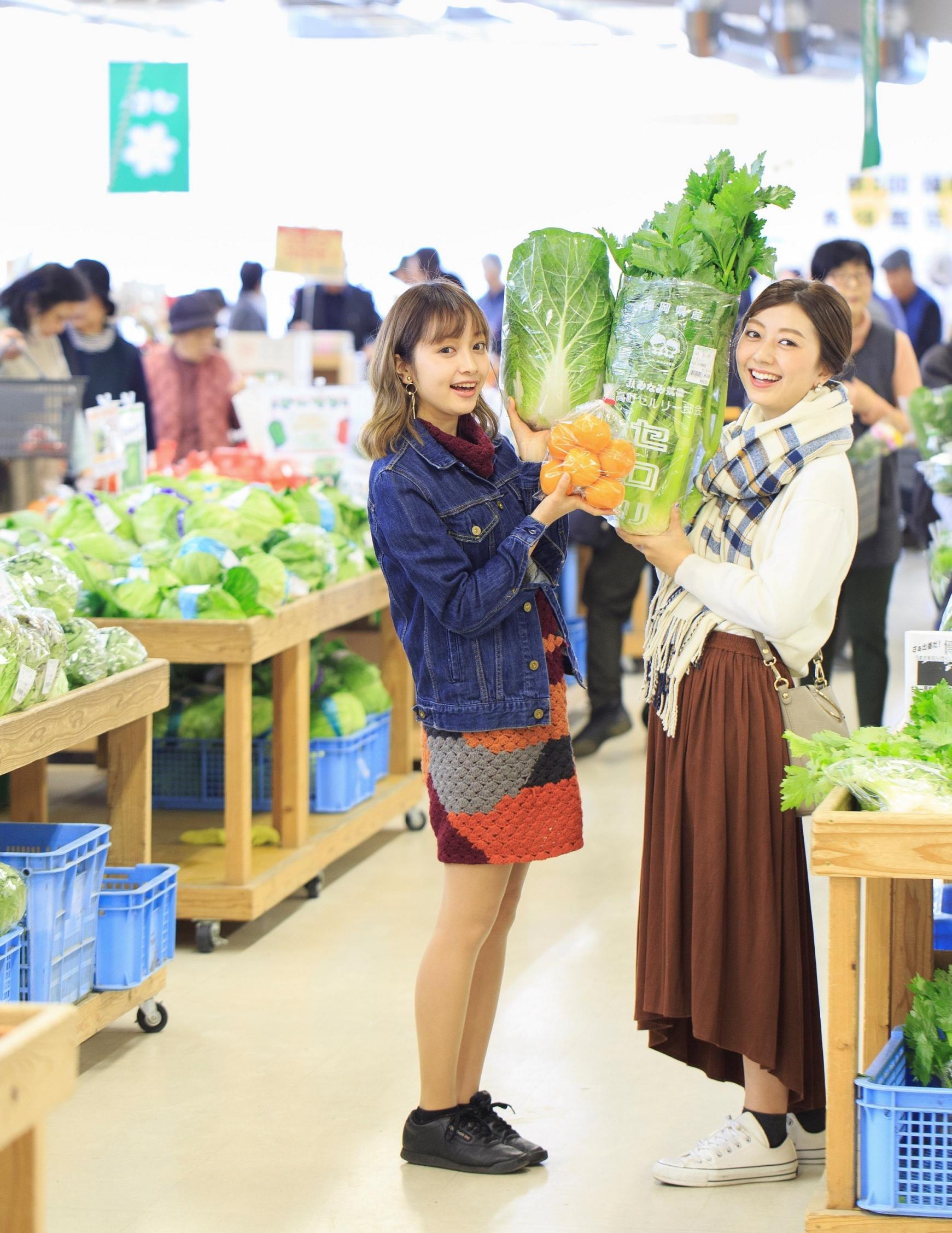
12. Road Station Miyama
One can shop the local specialty products like the farm crops such as mandarine orange, leaf mastard harvested there in Miyama city.View more
Food and Drink
-
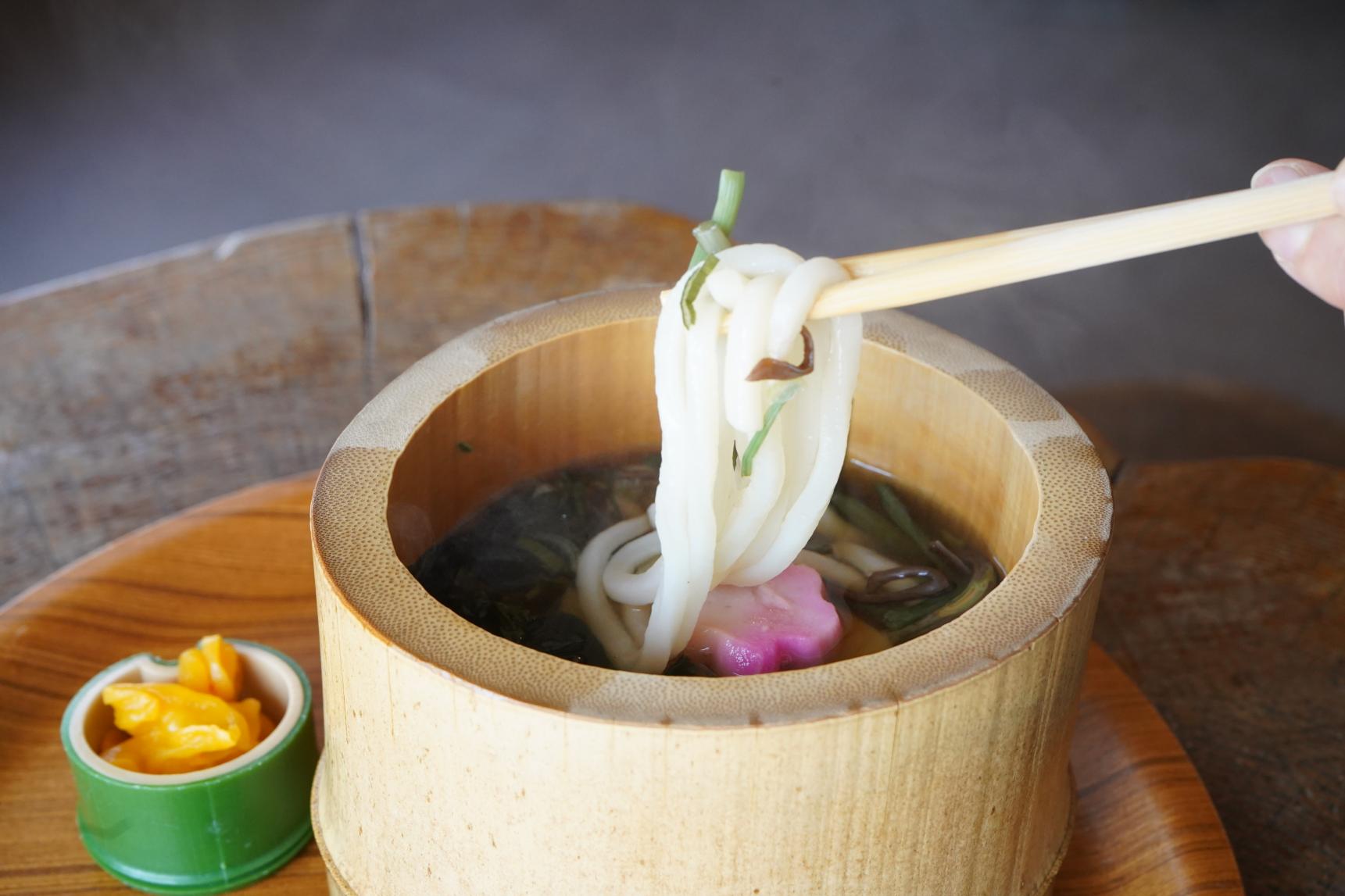
TAKeyA
View more (Japanese website)Address: 954 Motoyoshi, Setakamachi, Miyama City, Fukuoka
TEL: 0944-62-5028 -
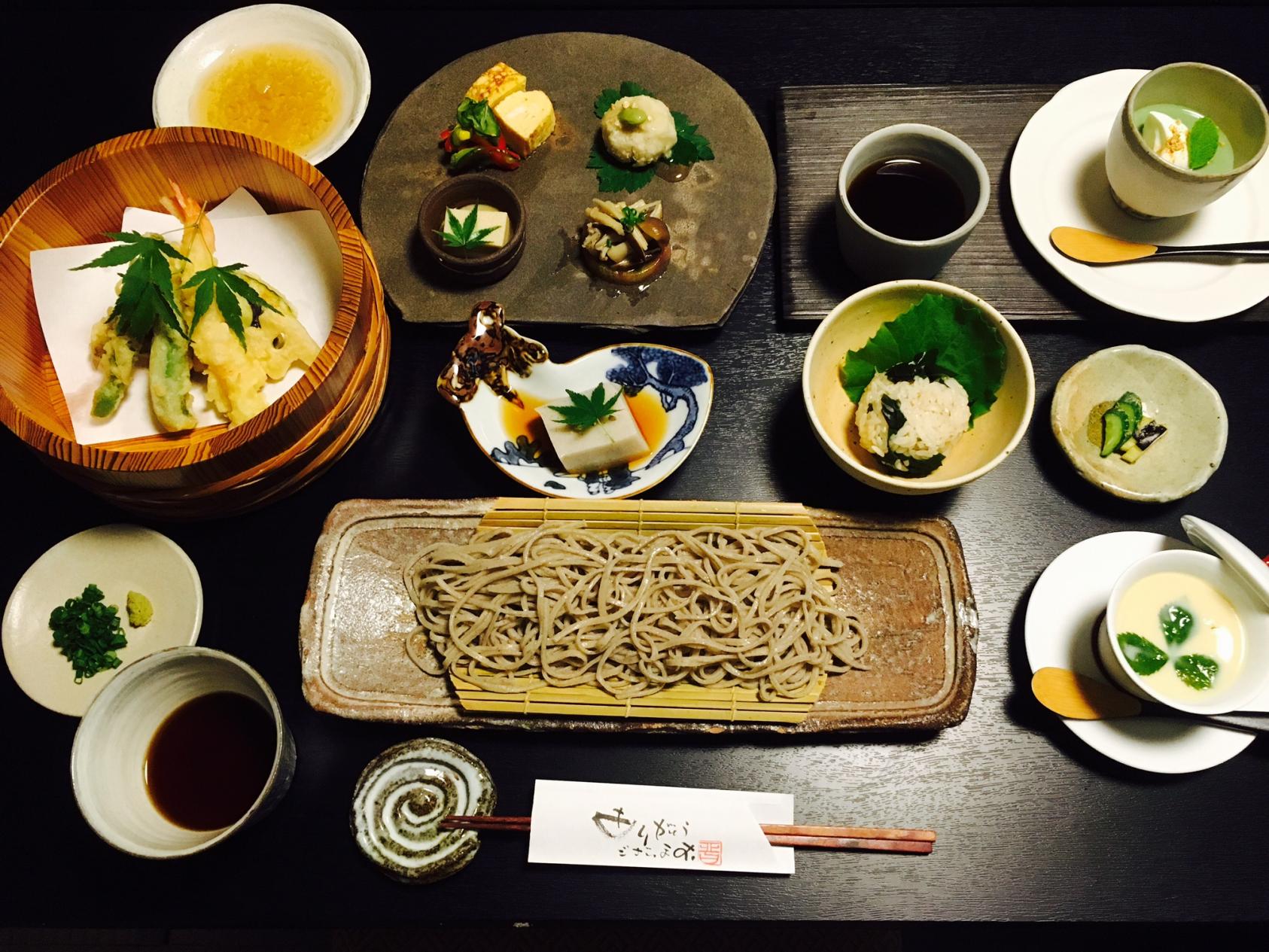
Osoba(buckwheat noodles) Nanakusa
Address: 1773-2 Okusa, Setakamachi, Miyama City, Fukuoka
TEL: 0944-62-7622 -
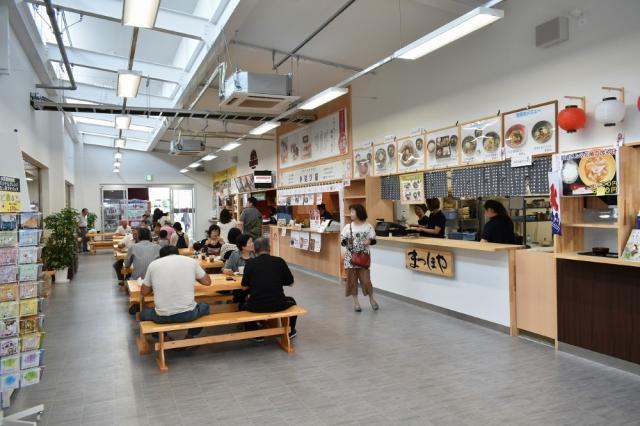
Food Court in Road Station Miyama
Address: 2328 Oe, Setakamachi, Miyama City, FukuokaView more
TEL: 0944-67-6477 -
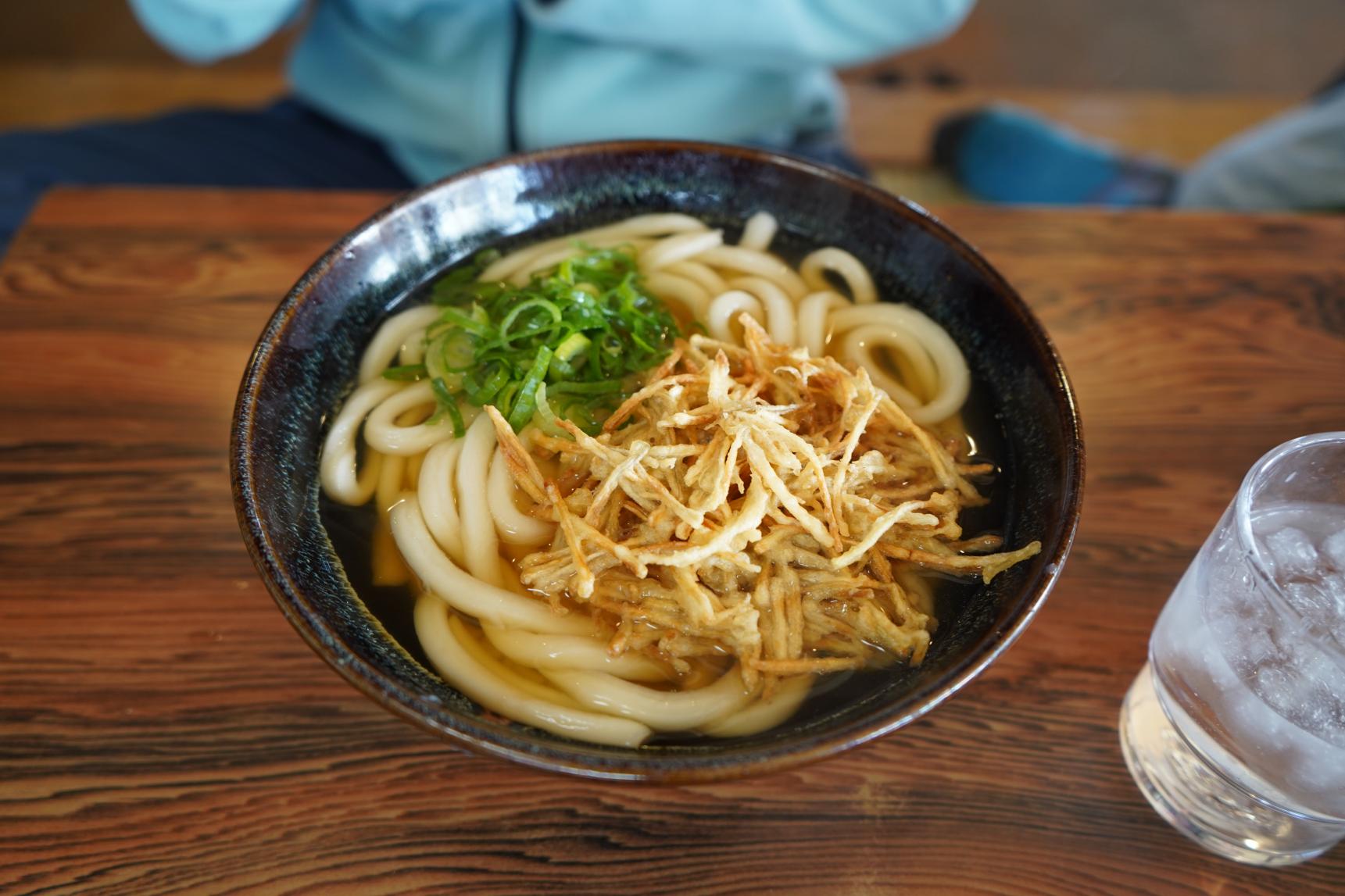
Dairiki Udon
View more (Japanese website)Address: 873-1 Sakata, Setakamachi, Miyama City, Fukuoka
TEL: 0944-63-5158 -
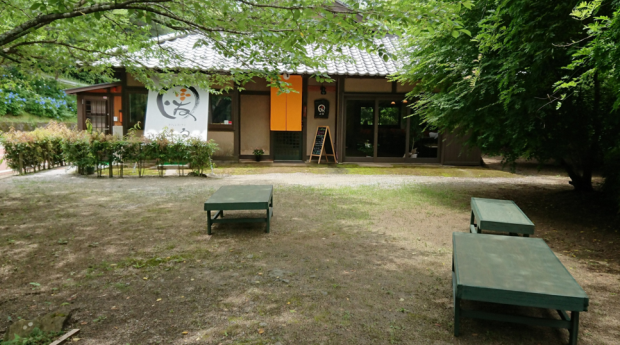
Cafe Restaurant "Haru"
Google MapAddress·: 960-1 Motoyoshi, Setakamachi, Miyama City, Fukuoka
(Kiyomizu Temple grounds)
TEL: 0944-63-5511
Accommodation
-
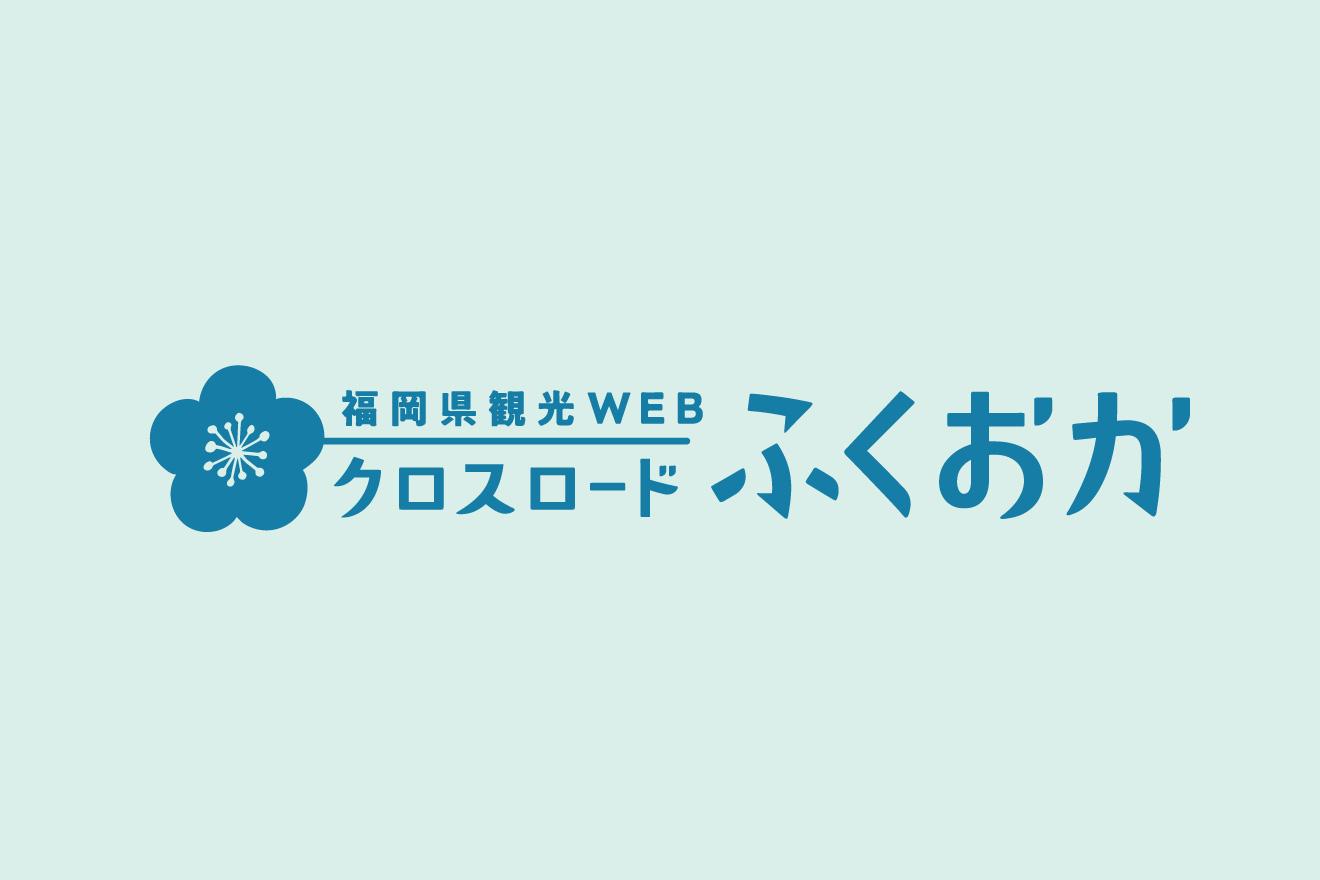
Shoryukan
View more (Japanese website)Address: 2312-2 Shimonosho, Setakamachi, Miyama City, Fukuoka
TEL: 0944-62-2070 -
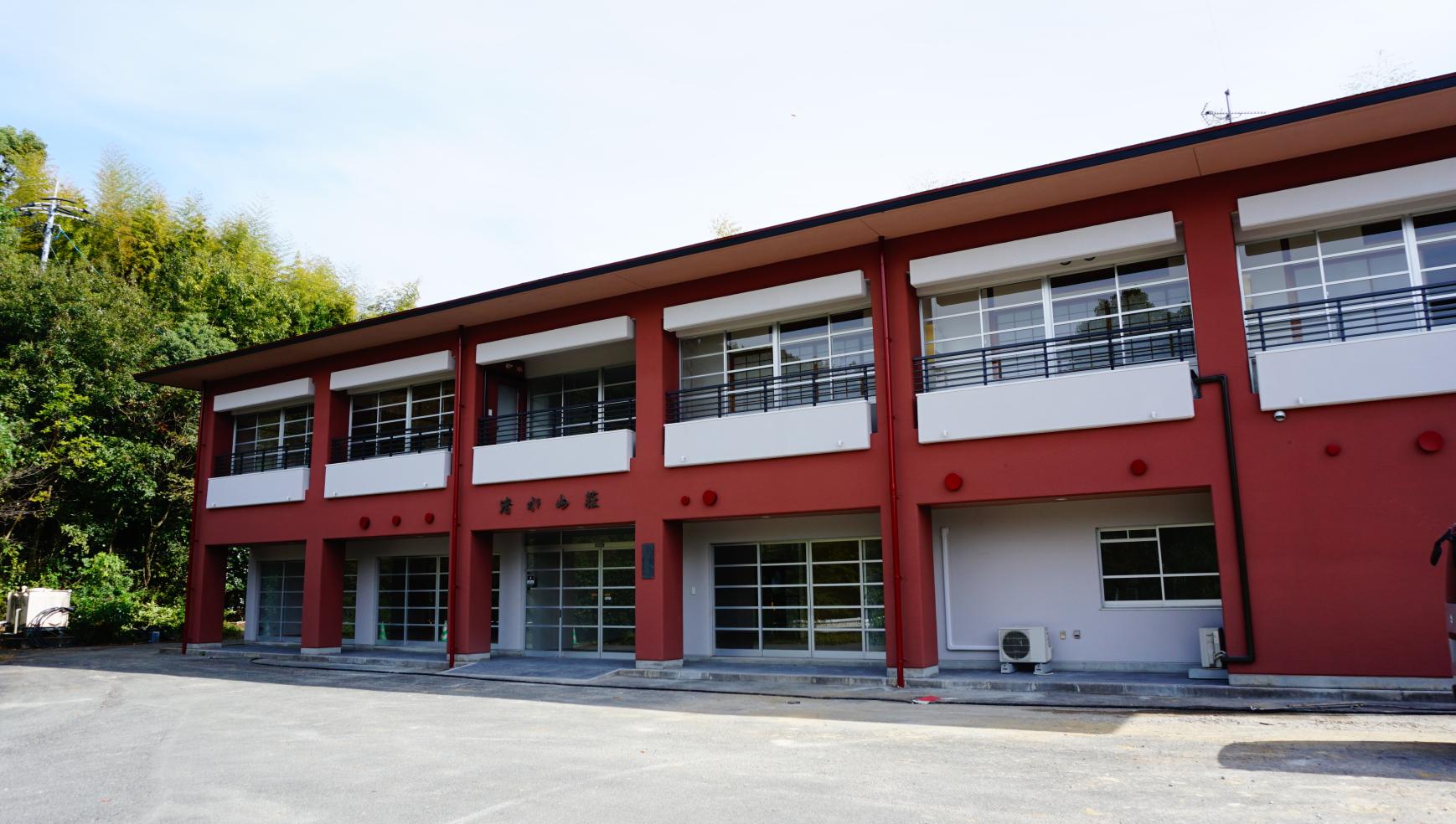
Kiyomizu Sanso
View more (Japanese website)Address: 1130-9 Motoyoshi, Setakamachi, Miyama City, Fukuoka
TEL: 0944-63-3388
Neighborhood Sightseeing spots
-
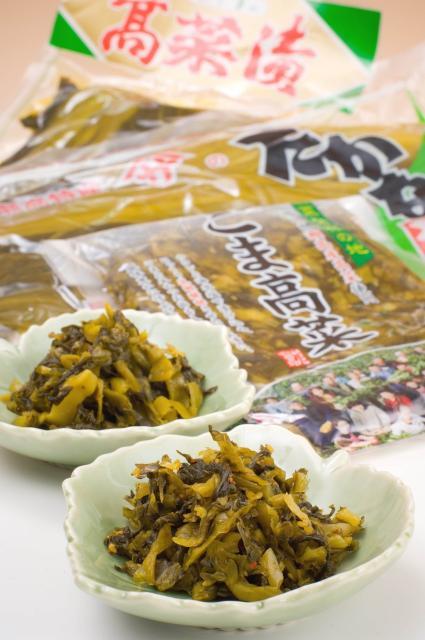
Pickled Takana
View more (Japanese website)"Setaka Takana pickles" are made by adding salt and turmeric powder to a large tub of pickles, lactic acid fermentation, and maturing. This takana pickles are produced jointly by contract farmers and local pickle makers, and are shipped nationwide to add color to the dining table.
-
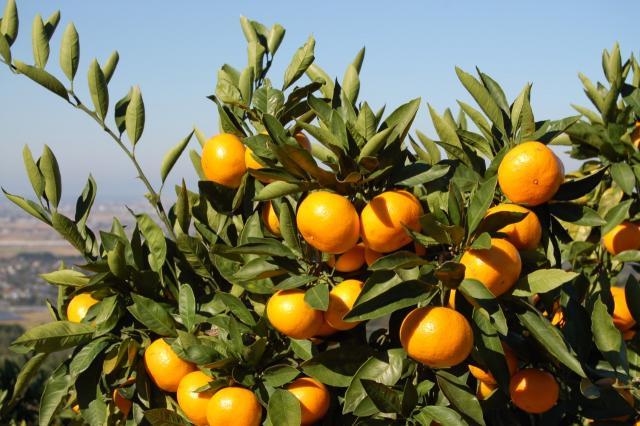
Yamakawa Mandarin
View more (Japanese website)When you peel the deep orange peel, you can smell the fresh aroma. It melts easily in the mouth and leaves a sweet aftertaste. (The best season is November).
-
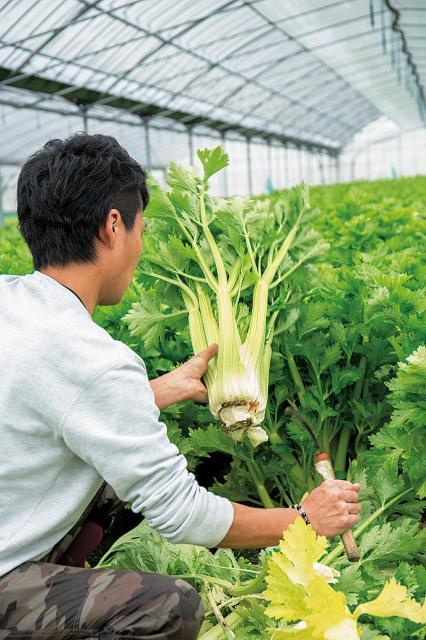
Celery
View more (Japanese website)It boasts the largest shipment in western Japan and is also shipped to metropolitan areas due to its high reputation in the market. Whole celery plants are sold at Michi-no-Eki Miyama. (Mid-November to mid-June)
-
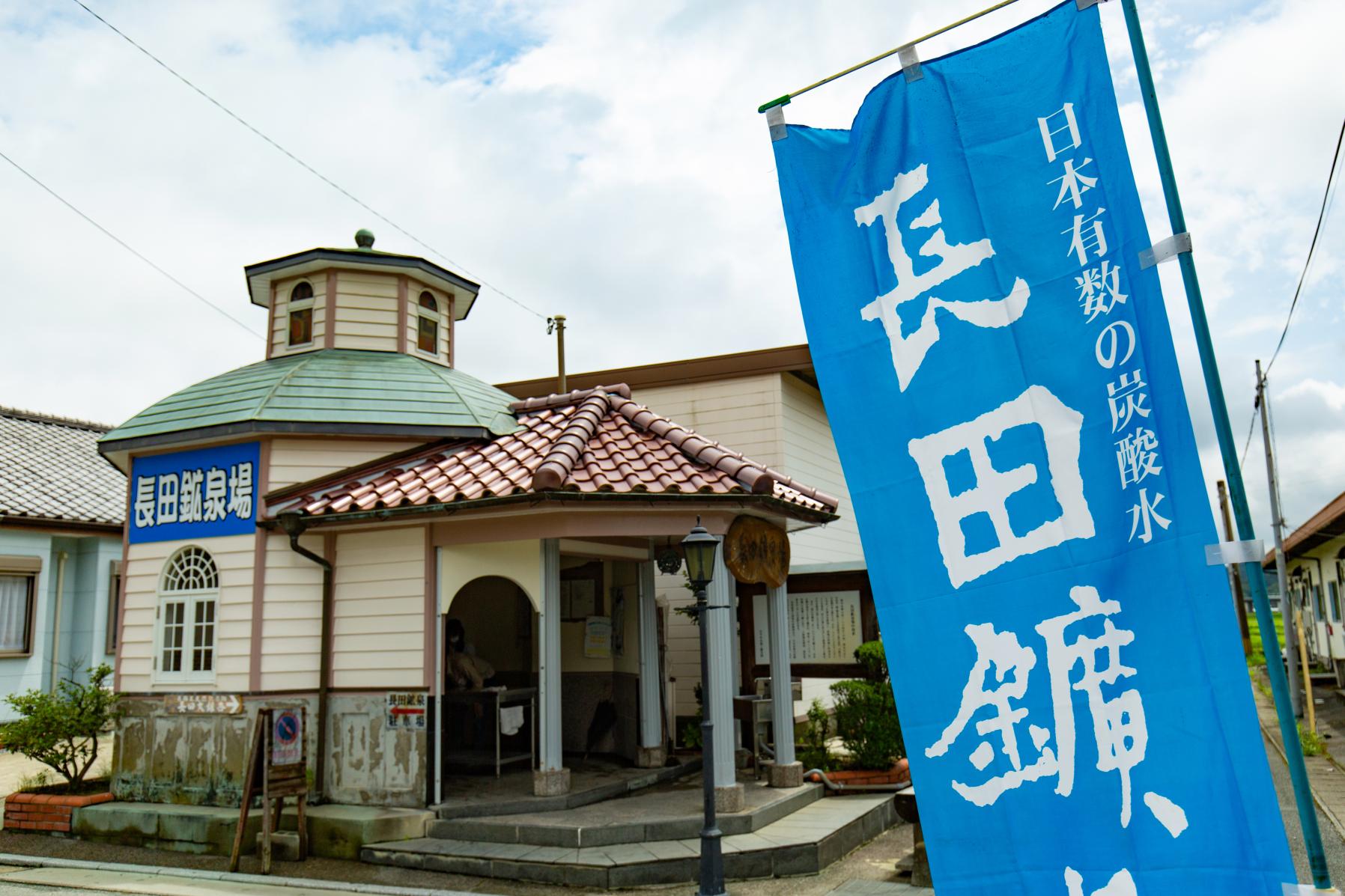
Nagata Mineral Springs
View moreThis mineral spring is located in the northernmost part of Miyama City and is marked by a retro hut. This carbonated spring water, rich in natural minerals and ions such as calcium and magnesium, has been enjoyed since the Edo period.
In the adjacent “Fureaikan,” a fantastic coke called “Koga Cola” made from this mineral spring water, is sold. -
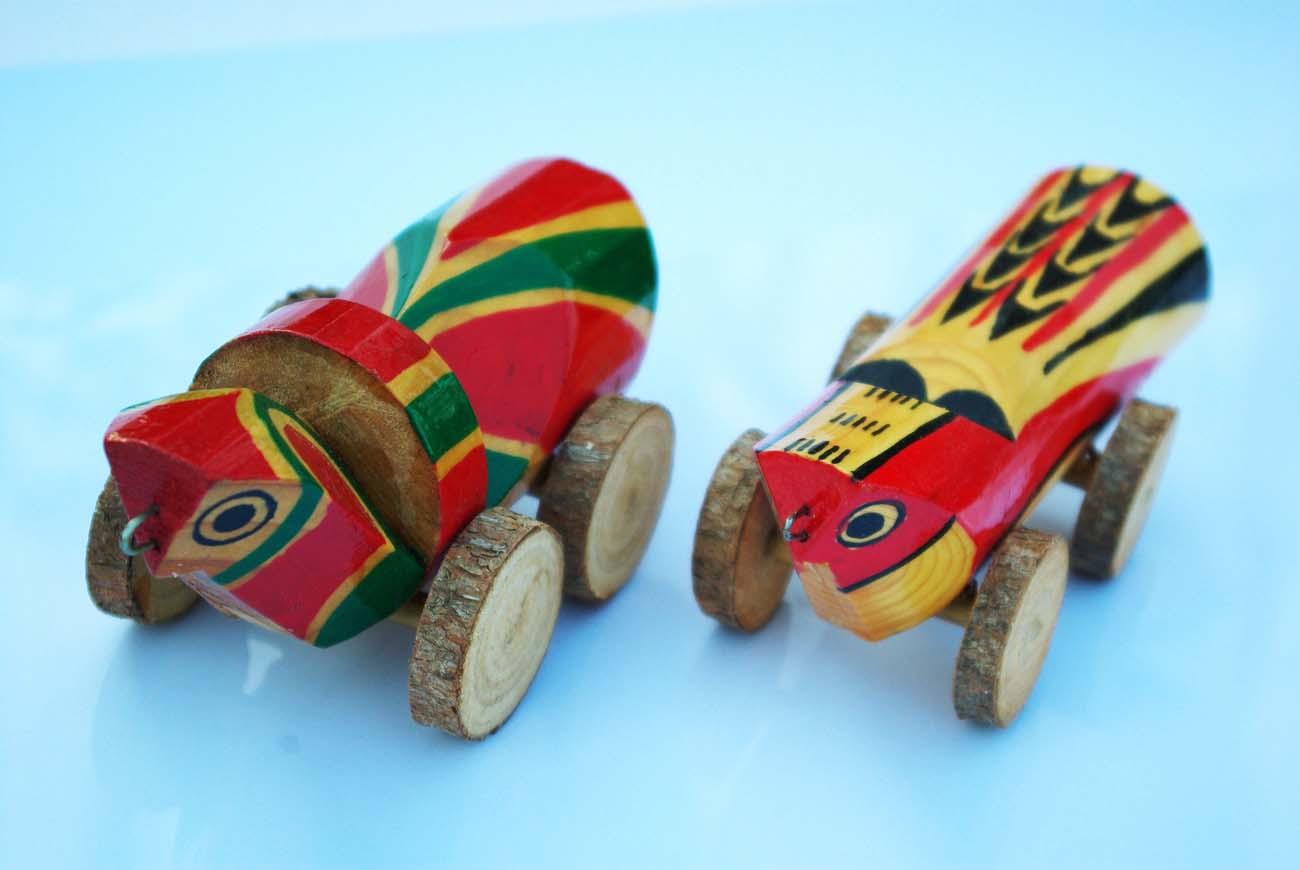
Kijiguruma
View moreThis artifact is derived from a legend that a pheasant guided the way when Saicho, known as the founder of the Tendai sect of Buddhism was lost at Kiyomizu Temple. It is popular as a good-luck charm for good fortune, marriage, and family happiness.
-
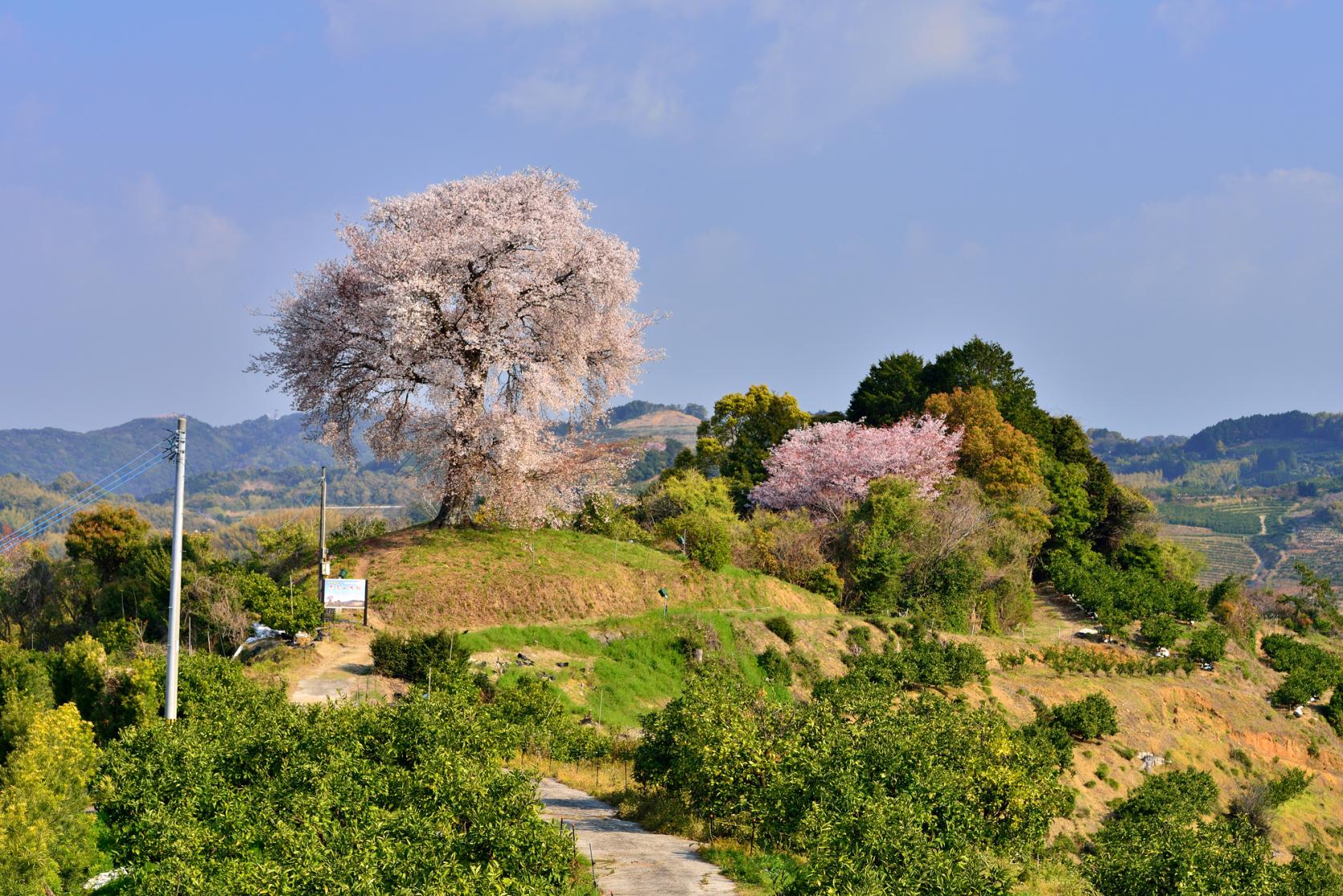
Heike Ipponzakura (single cherry tree) at Tenpokoyama
View moreThis 2.8-meter trunked Yamazakura (cherry blossome) tree is said to be 250 years old. It is loved by many people as the sacred tree of the Heike clan. The best time to visit is from late March to early April.
Transportation to Starting Locations
01 Fukuoka Airport (Subway) → JR Hakata Station (Kyushu Shinkansen) → JR Chikugo Funagoya Station (Kagoshima Main Line) → JR Setaka Station
02 Fukuoka Airport (Subway) → JR Hakata Station (Rapid/Normal Service) → JR Setaka Station
03 Saga Airport (Limousine Bus) → JR Setaka Station Approx. 40 minutes
04 Kyushu Expressway: Tosu Interchange → Miyama/Yanagawa Interchange
Community buses are recommended to get to the start and finish points!
The distance from JR Setaka Station to the starting point, "Hachikukai", is about a 40-minute walk (3km) or a 10-minute cab ride (about 1,340 yen). Therefore, we recommend using the community bus from JR Setaka Station.
■Recommended time (using public transportation)
| Route1. To start at Hachirakukai | JR Setaka Station | 10:15 | → | Zoyama | 10:33 |
| Route1. To return to JR Setaka St. ( after finishing at Michinoeki Miyama) | Michinoeki Miyama | 14:24 | → | JR Setaka Station | 14:34 |
| Route2 (Counter direction). To start at Michinoeki Miyama | JR Setaka Station | 9:43 | → | Michinoeki Miyama | 9:53 |
| Route2 (Counter direction). To start at Michinoeki Miyama | JR Setaka Station | 10:35 | → | Michinoeki Miyama | 10:41 |
| Route2 (Counter direction). To return to JR Setaka St. (after finishing at Hachikurakai) | Zoyama | 13:50 | → | JR Setaka Station | 14:08 |
| Route2 (Counter direction). To return to JR Setaka St. (after finishing at Hachikurakai) | Zoyama | 15:49 | → | JR Setaka Station | 16:47 |
※Swipe to the right
※<Route2 (Opposite route) Need transfer before arriving at JR Setaka Station >Zoyama(15:49)→JA 東山支所 (JA Higashiyama branch) (15:53)→3 mins. walk→下長田 (Shimonagata)(16:10)→JR Setaka Station(16:18)
■Recommended time (by car or rental car)
| Route1. Park a car at the parking of Michinoeki Miyama to start at Hachikurakai. | Michinoeki Miyama | 9:53 | → | Zoyama | 10:33 |
| Route2(Counter direction). Park a car at the parking of Hachirakukai to start at Michinoeki Miyama. | Zoyama | 8:40 | → | Michinoeki Miyama | 9:53 |
| Route2(Counter direction). Park a car at the parking of Hachirakukai to start at Michinoeki Miyama. | Zoyama | 10:33 | → | Michinoeki Miyama | 11:09 |
※Swipe to the right
You can also check information on the "Community Bus 'Kusuppi-go'" with a Google Map search.
■Fare: 100 yen for adults (50 yen for elementary school students)
Please put the fare into the fare box when you get off the bus.
(However, 2,000 yen, 5,000 yen, and 10,000 yen bills cannot be exchanged. (However, 2,000 yen, 5,000 yen, and 10,000 yen bills cannot be exchanged.)
Payment: Cash or PayPay
■Operating days: Monday through Saturday
■Closed: Sundays, Year-end and New Year holidays (December 29 to January 3), Golden Week (May 3 to May 5), Bon vacation period (August 13 to August 15)
Course Introduction Video
Kyushu Olle courses in Fukuoka Prefecture Instagram
02 [Intermediate–Advanced] Munakata & Oshima Course
03 [Intermediate–Advanced] Kurume & Korasan Course
04 [Intermediate–Advanced] Miyama & Kiyomizuyama Course
05 [Intermediate] Chikuho & Kawara Course
06 [Beginner–Intermediate] Shingu & Tachibana Course
07 [Beginner–Intermediate] Shingu & Ainoshima Course
08 Kyushu Olle: Stamp Locations, Olle Goods & Passport Sales Spots


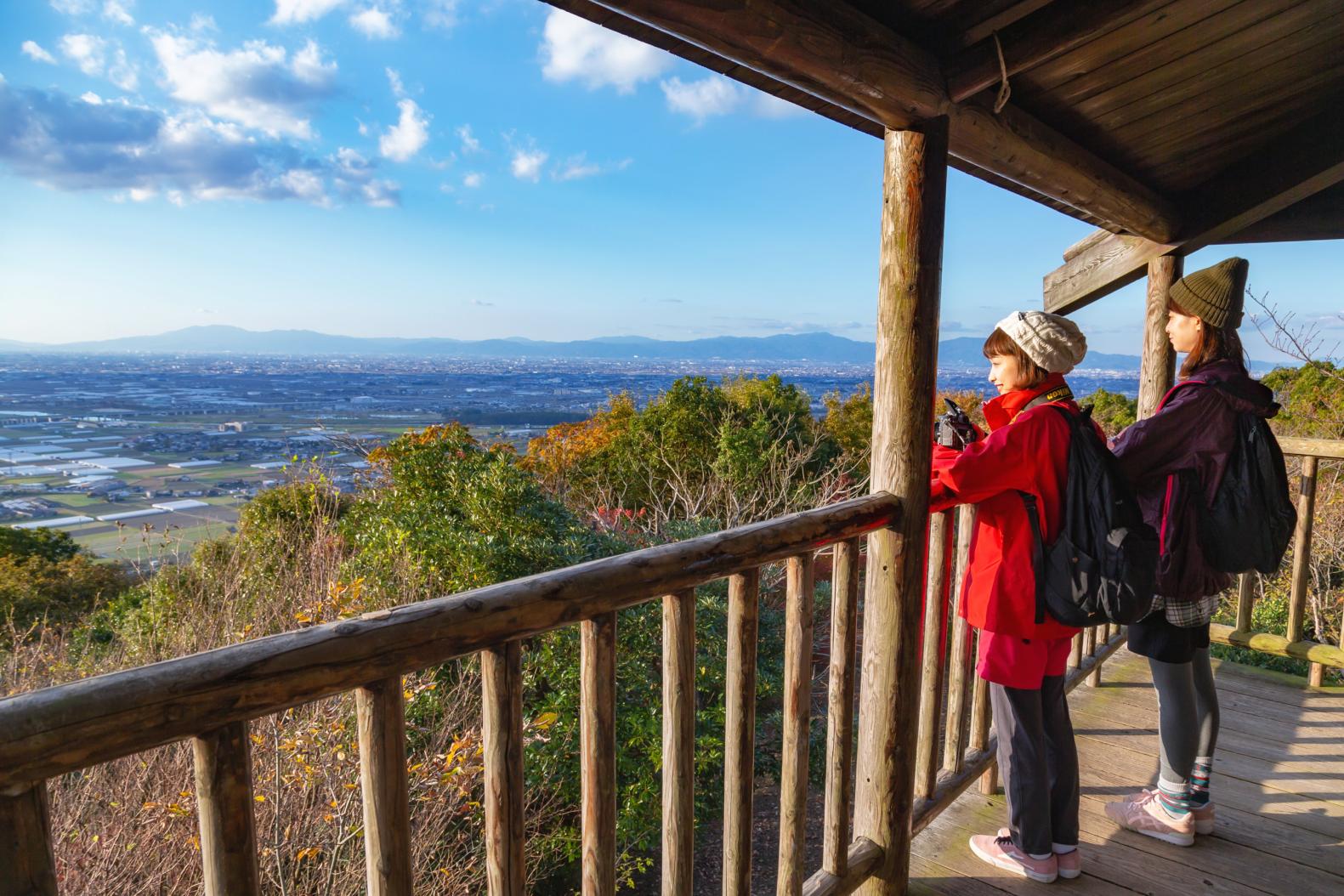
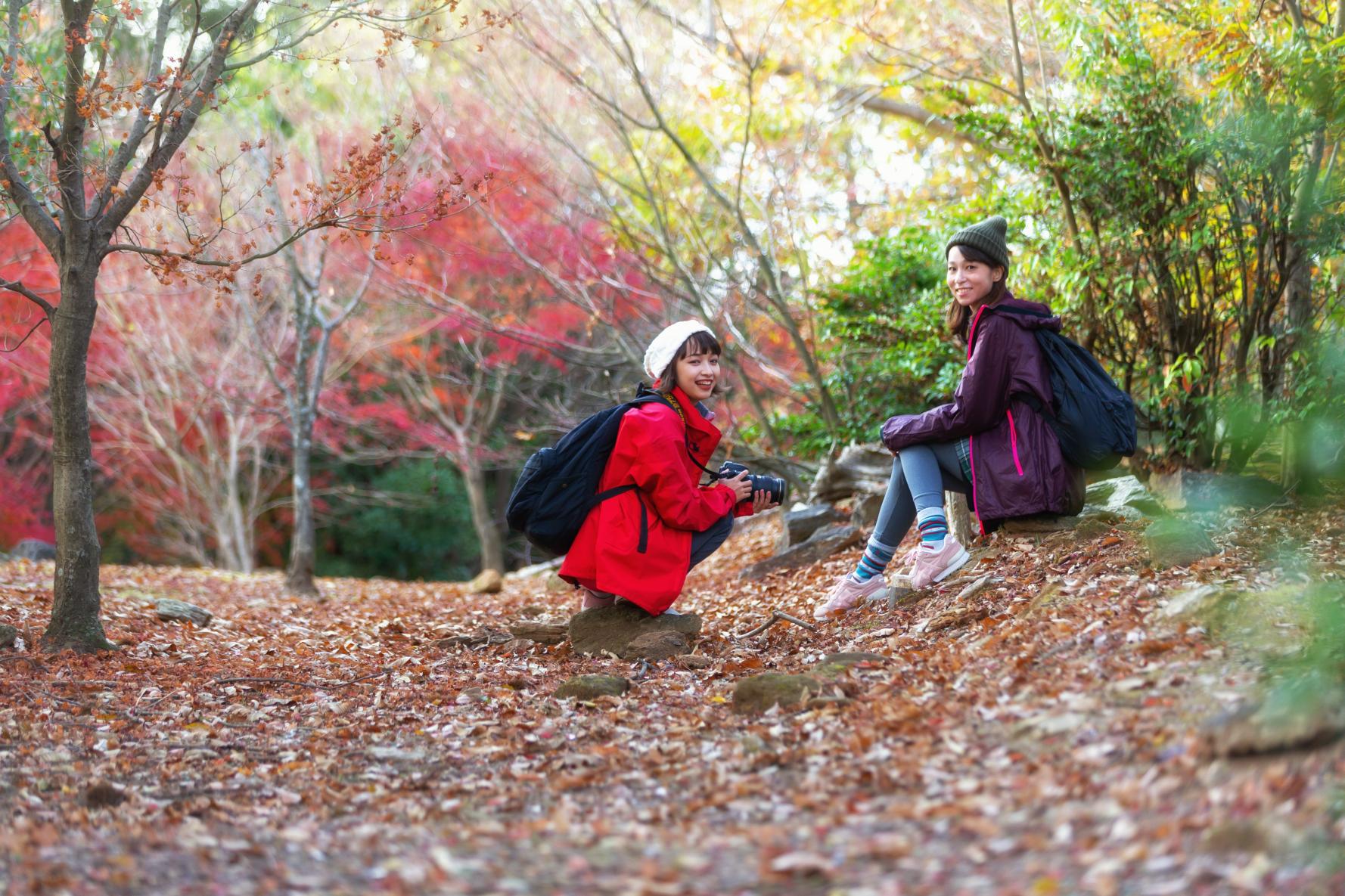
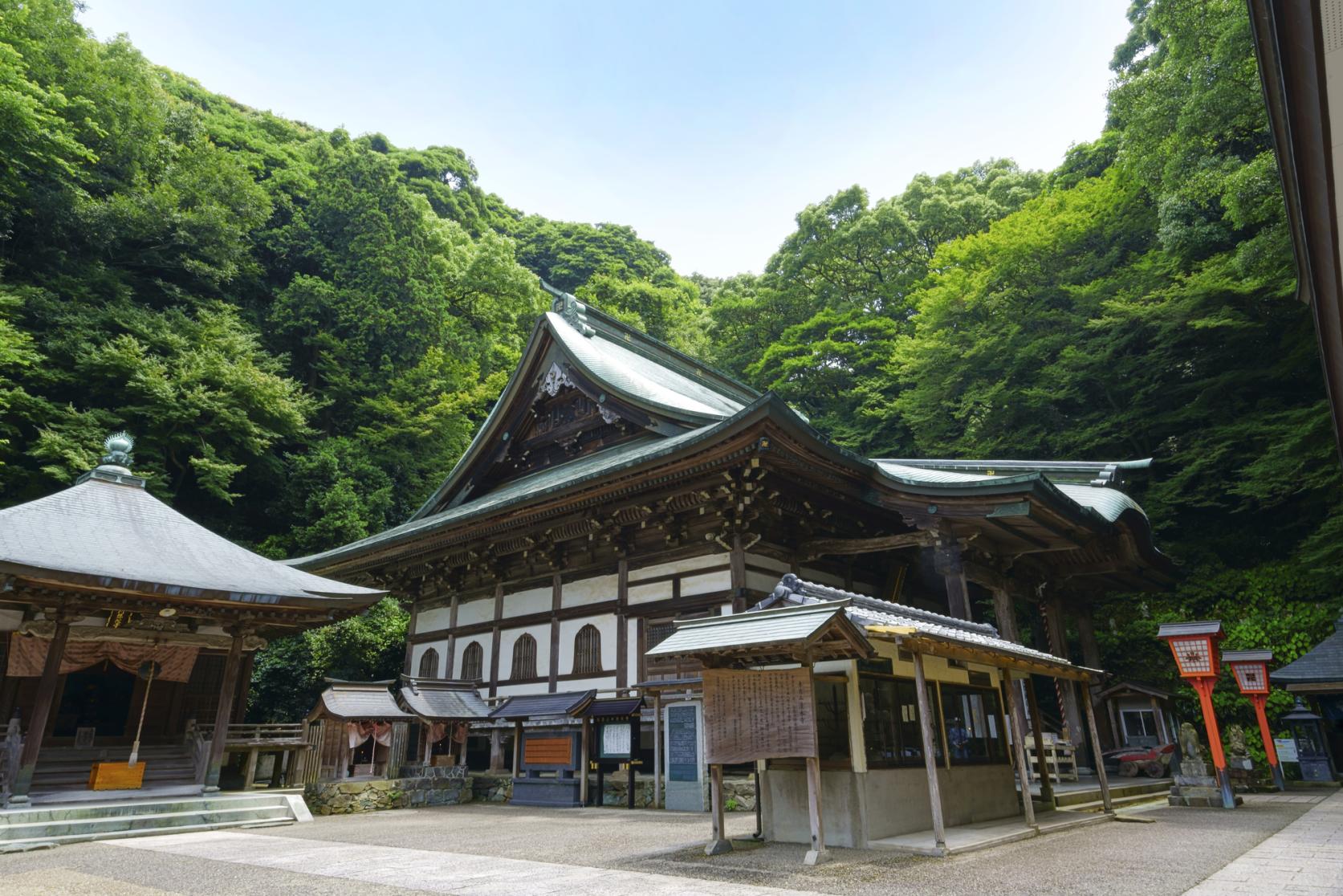
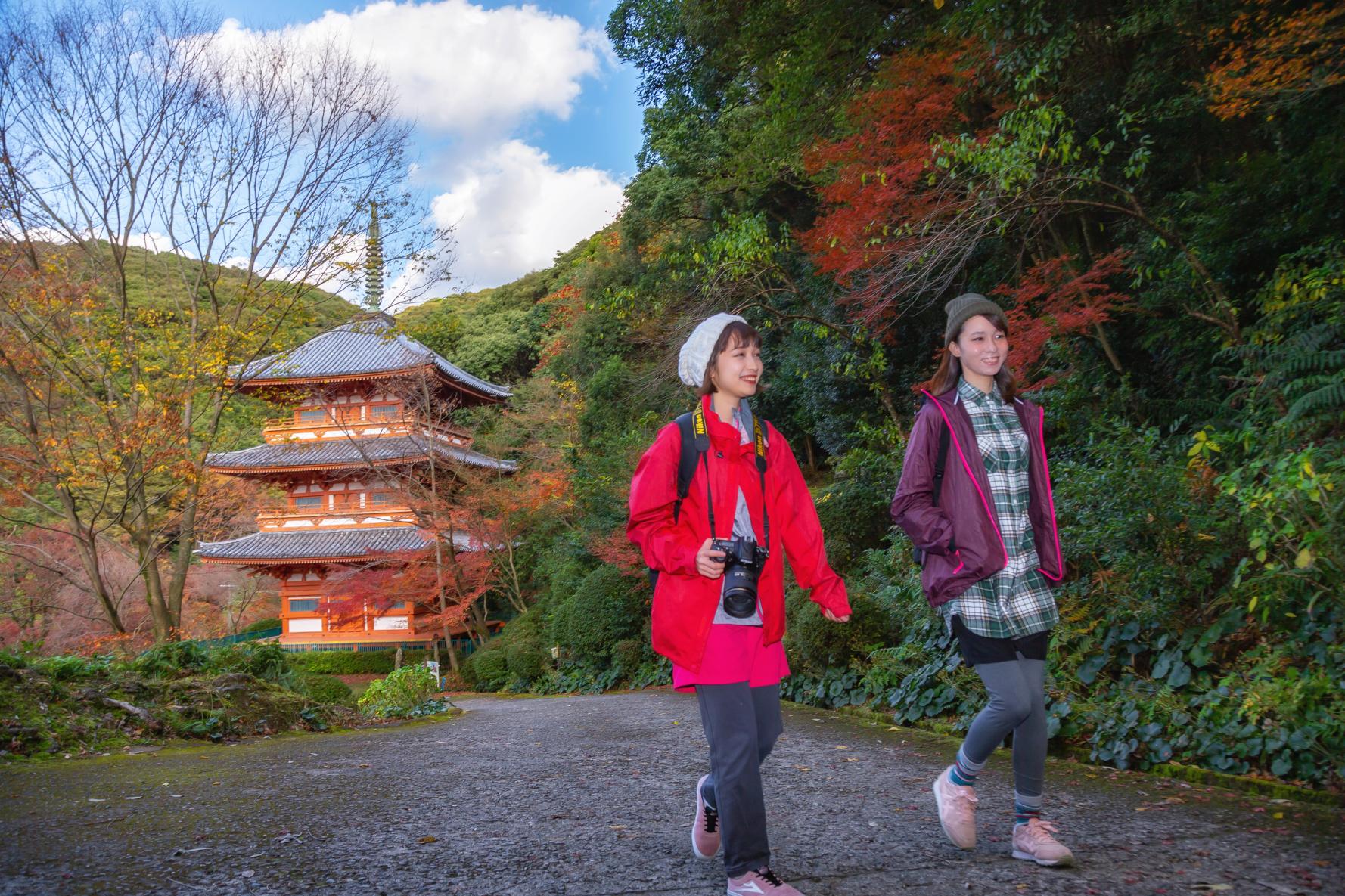
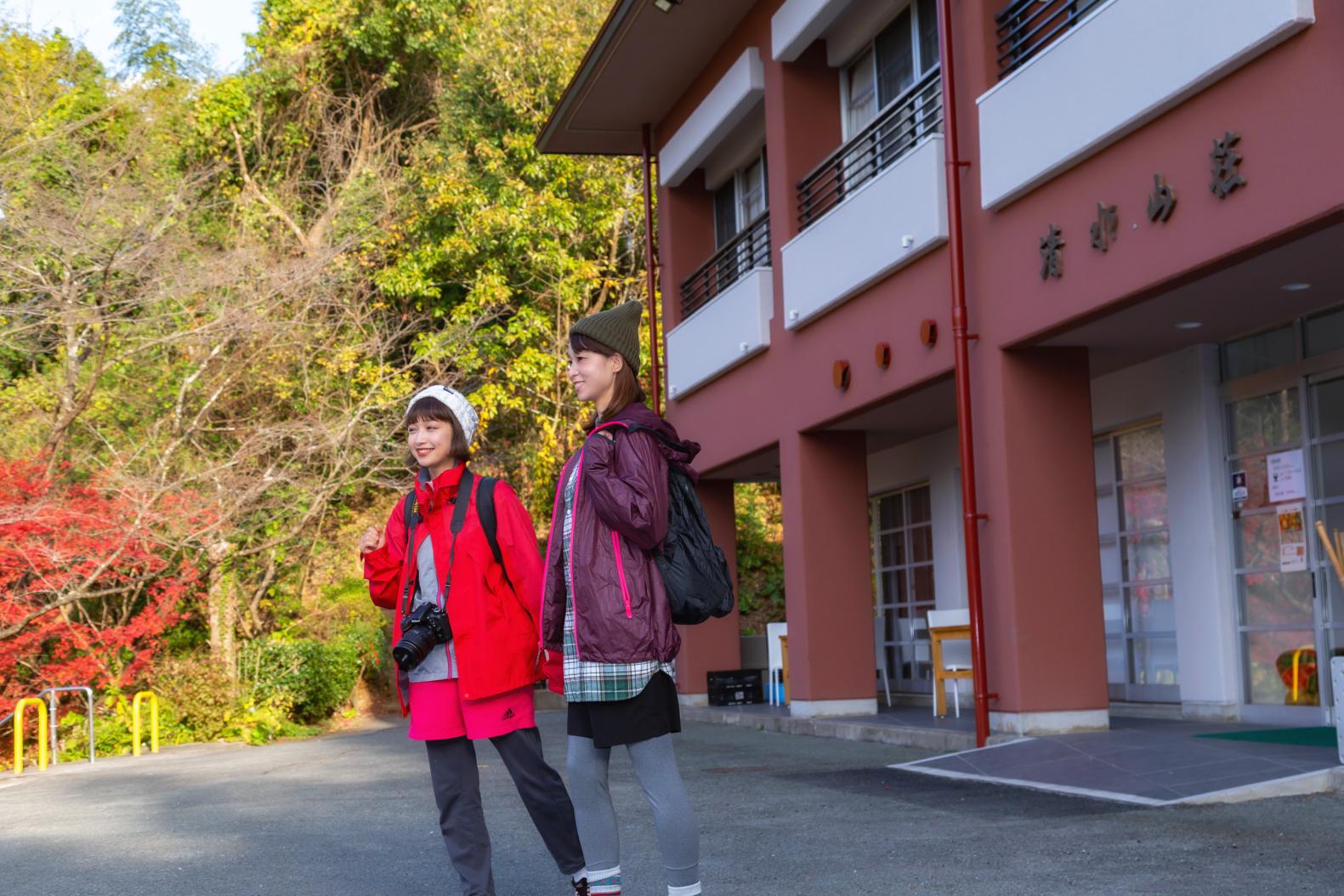
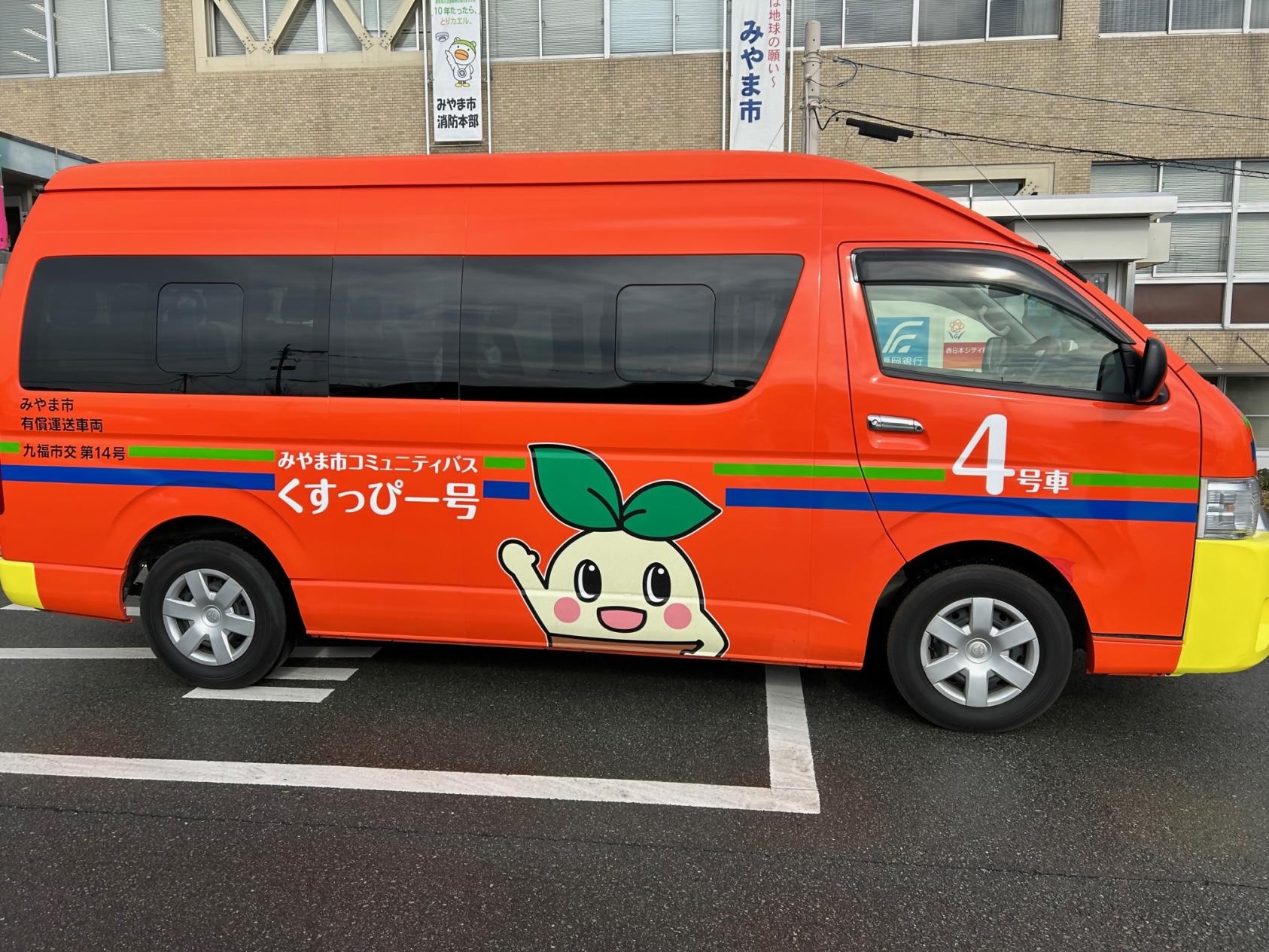
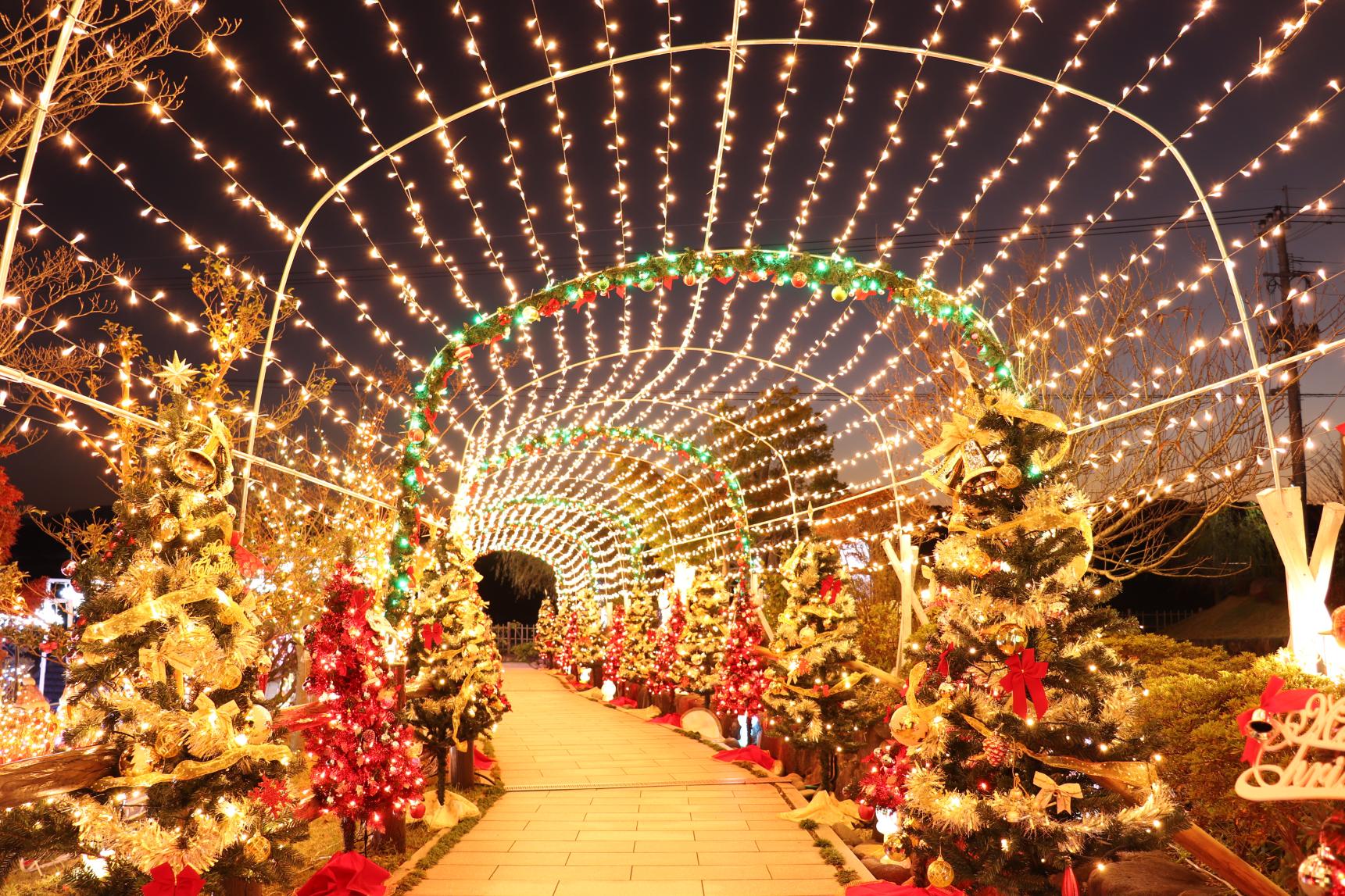
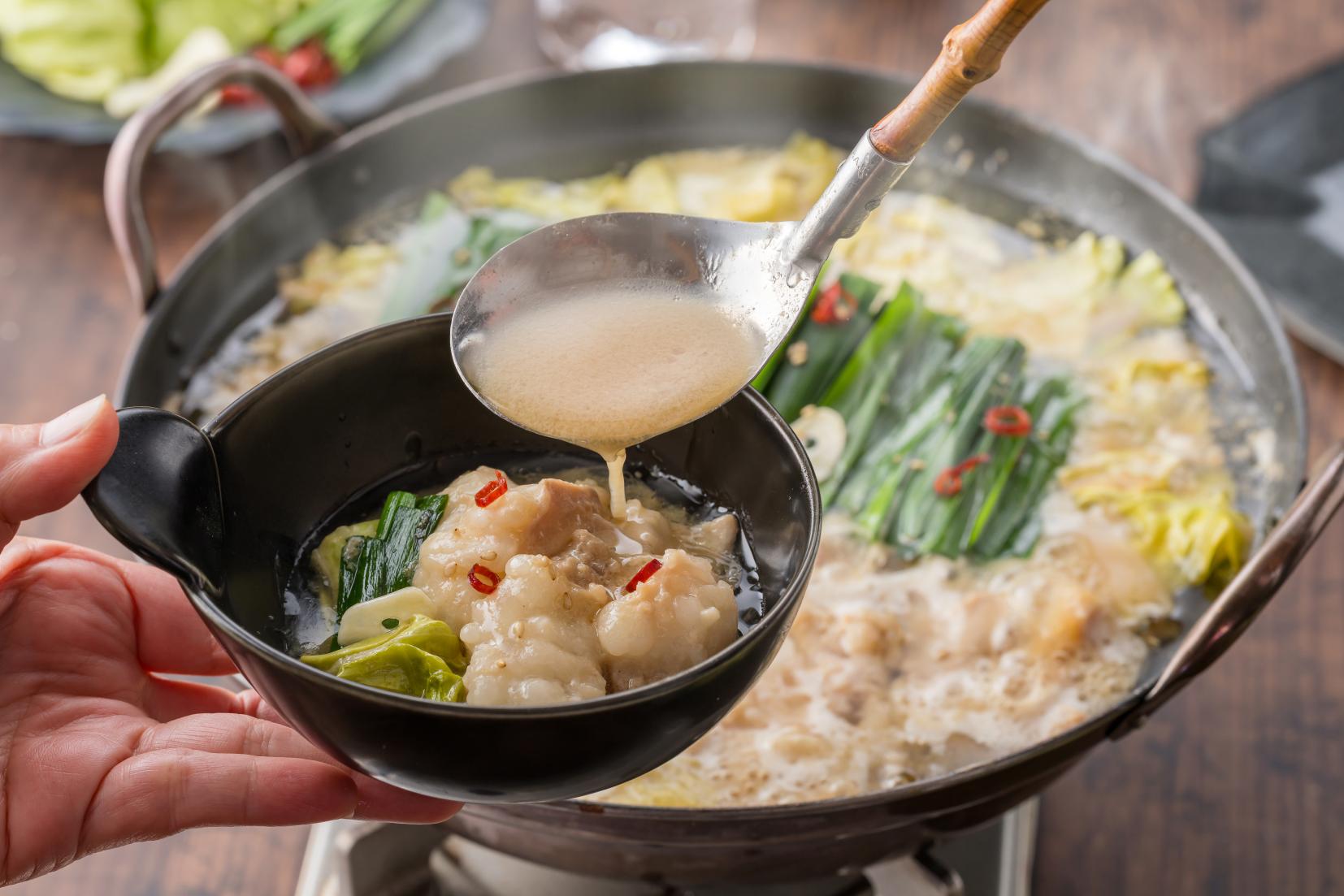
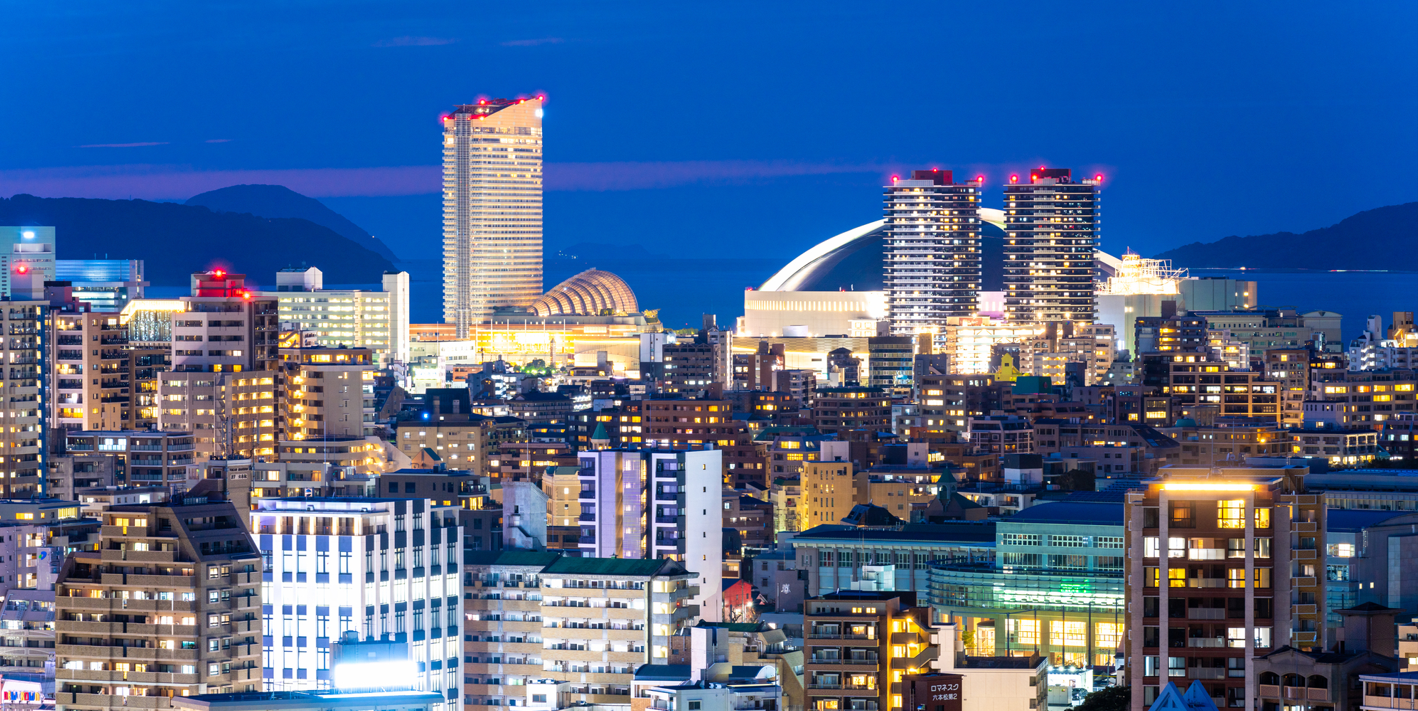
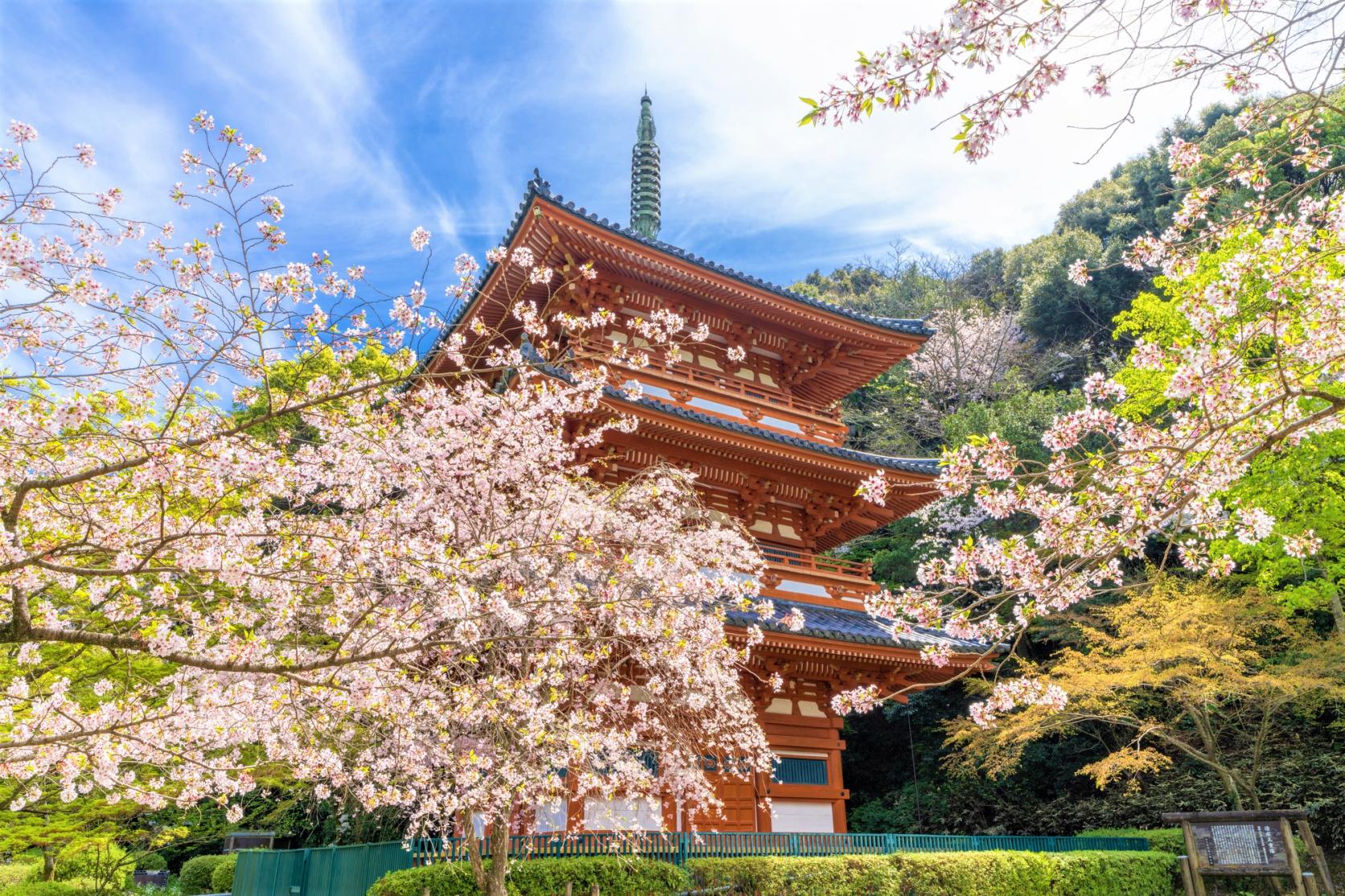
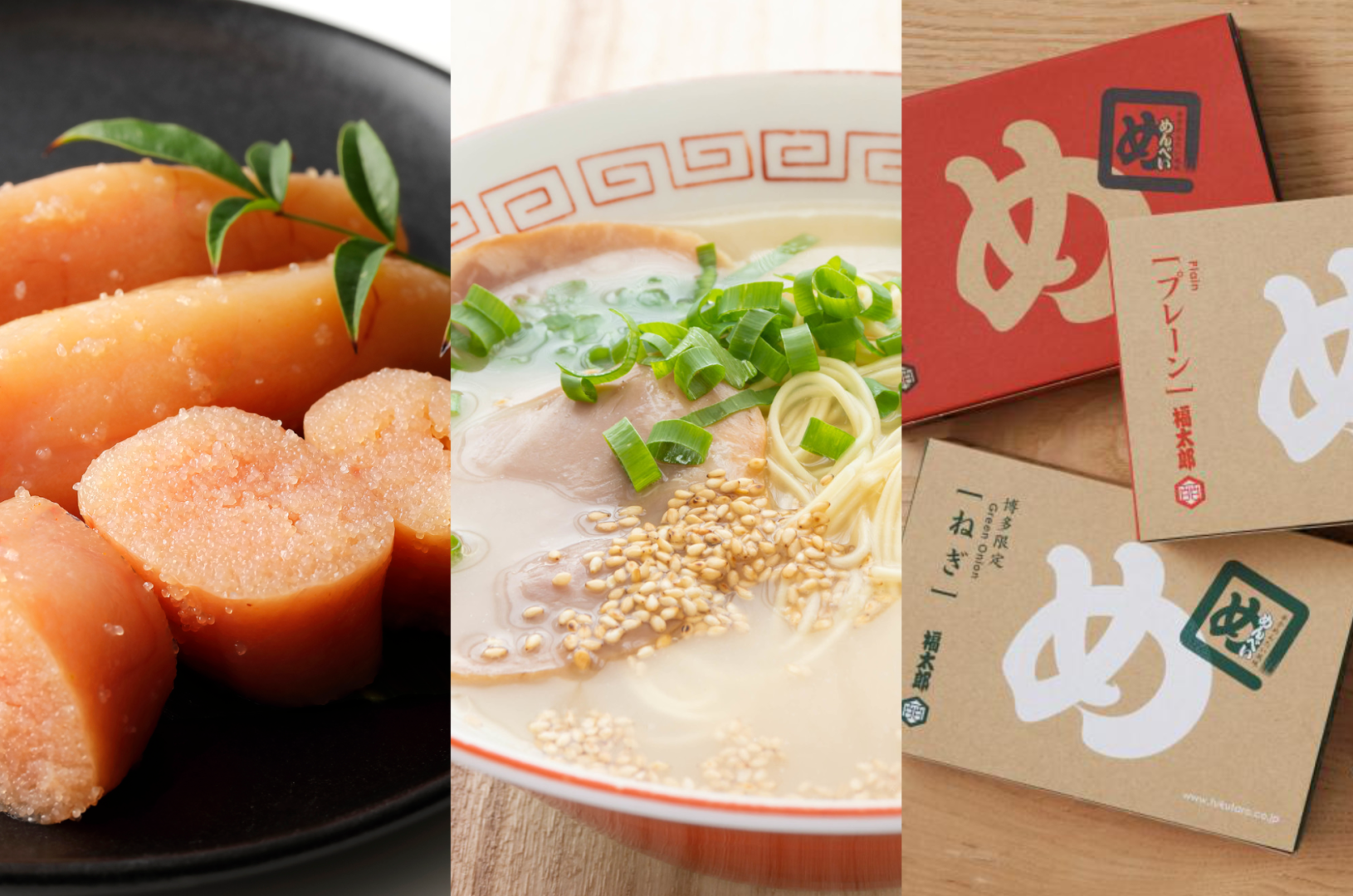
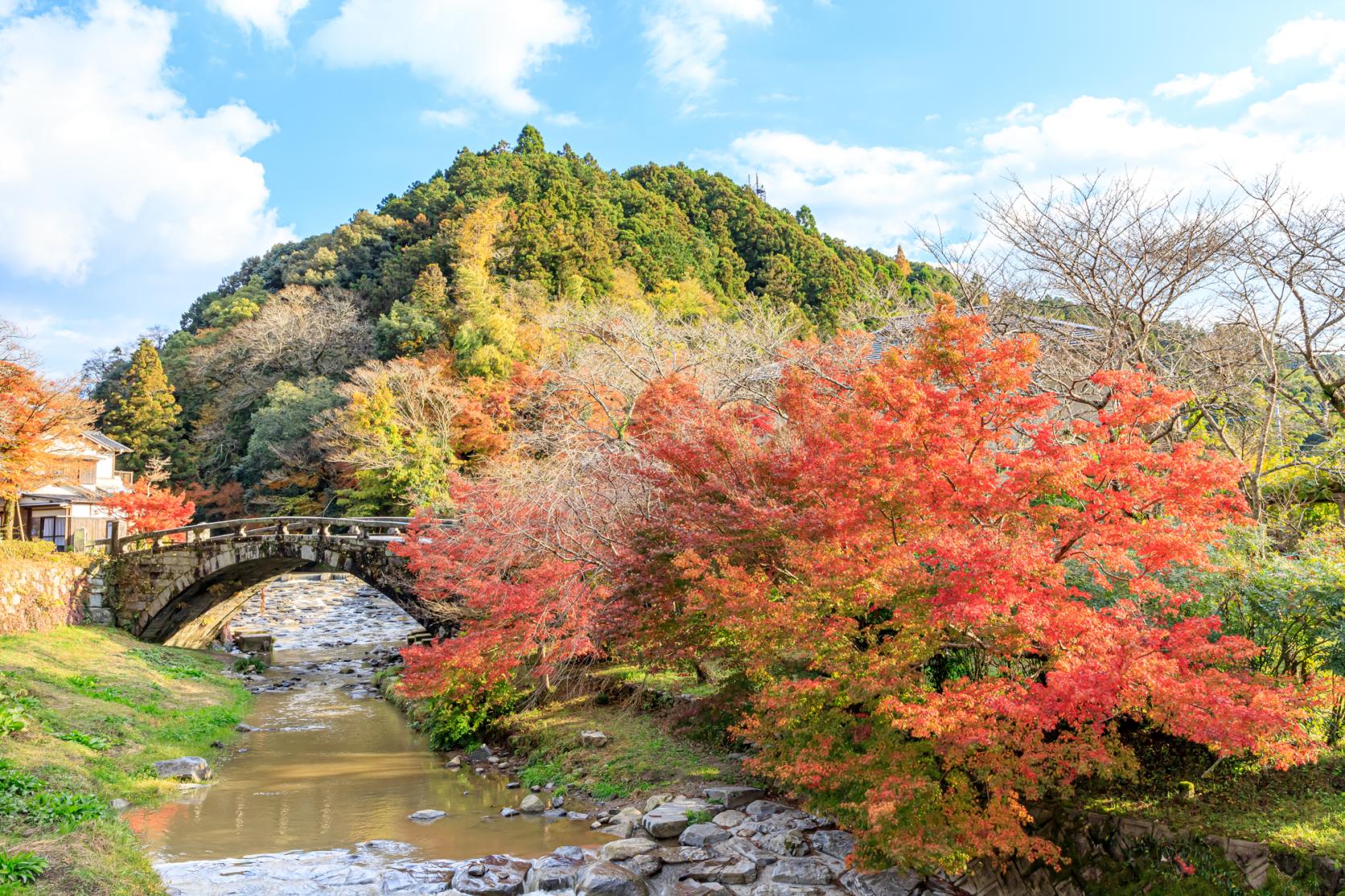
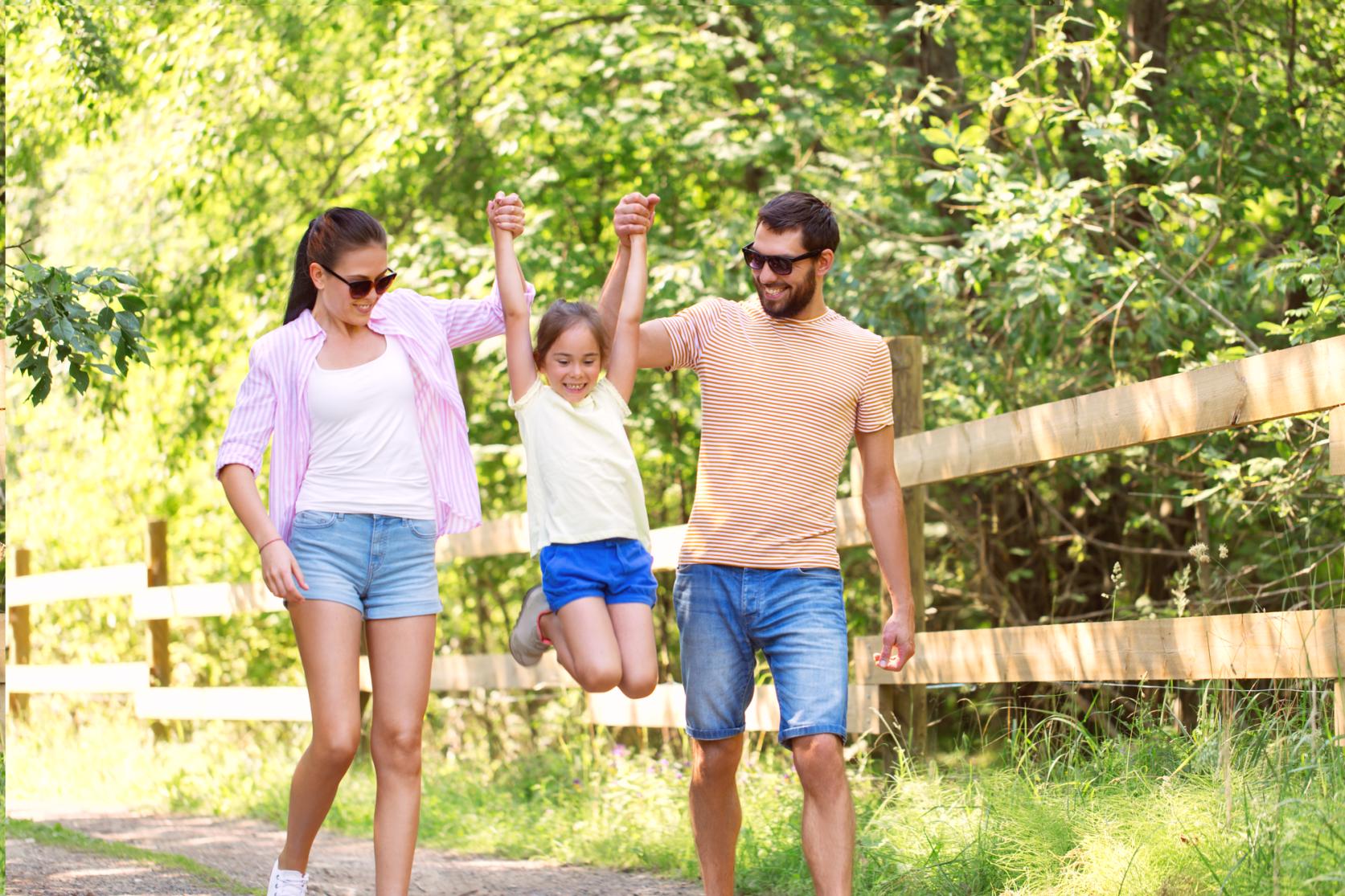
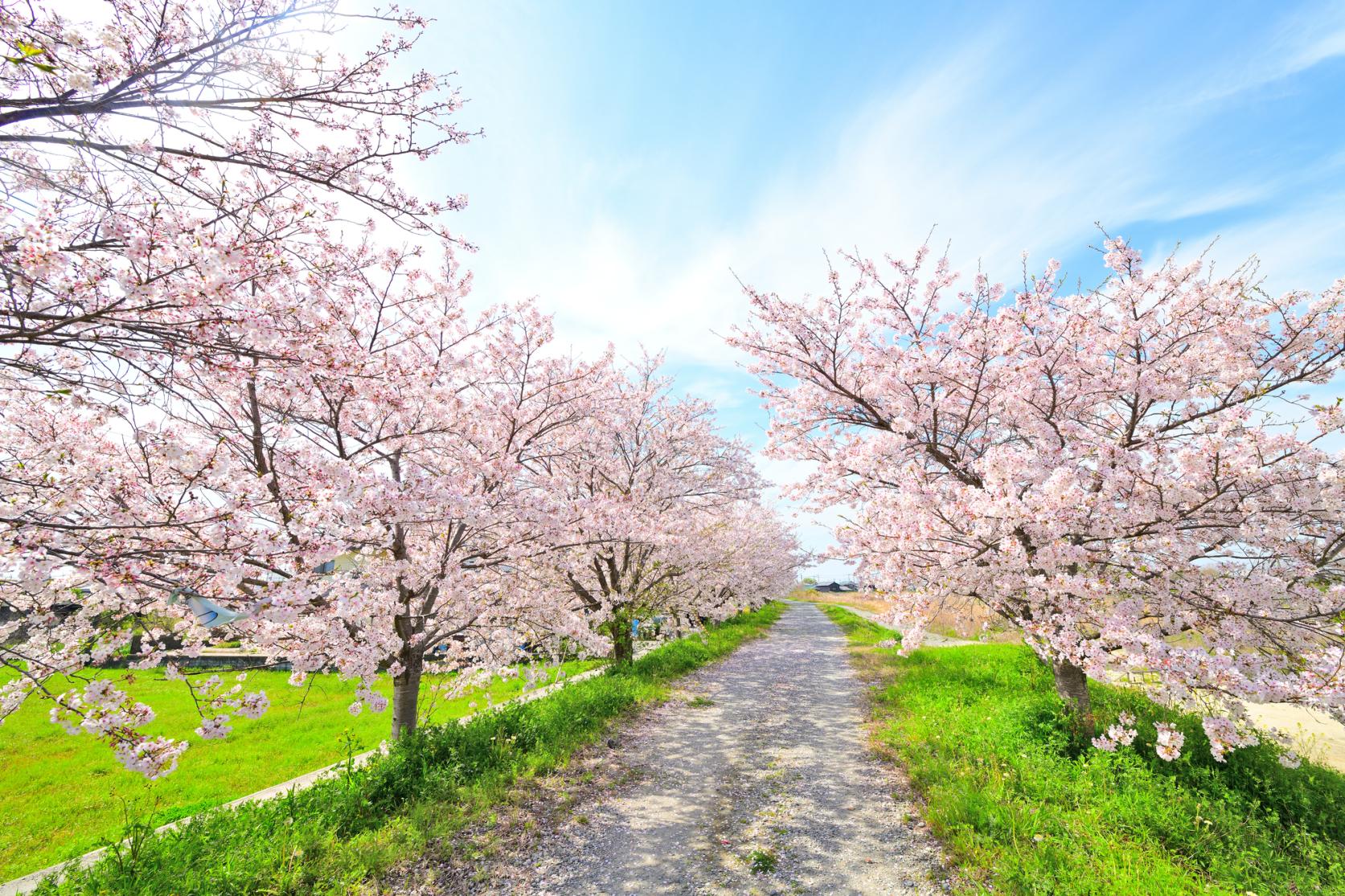
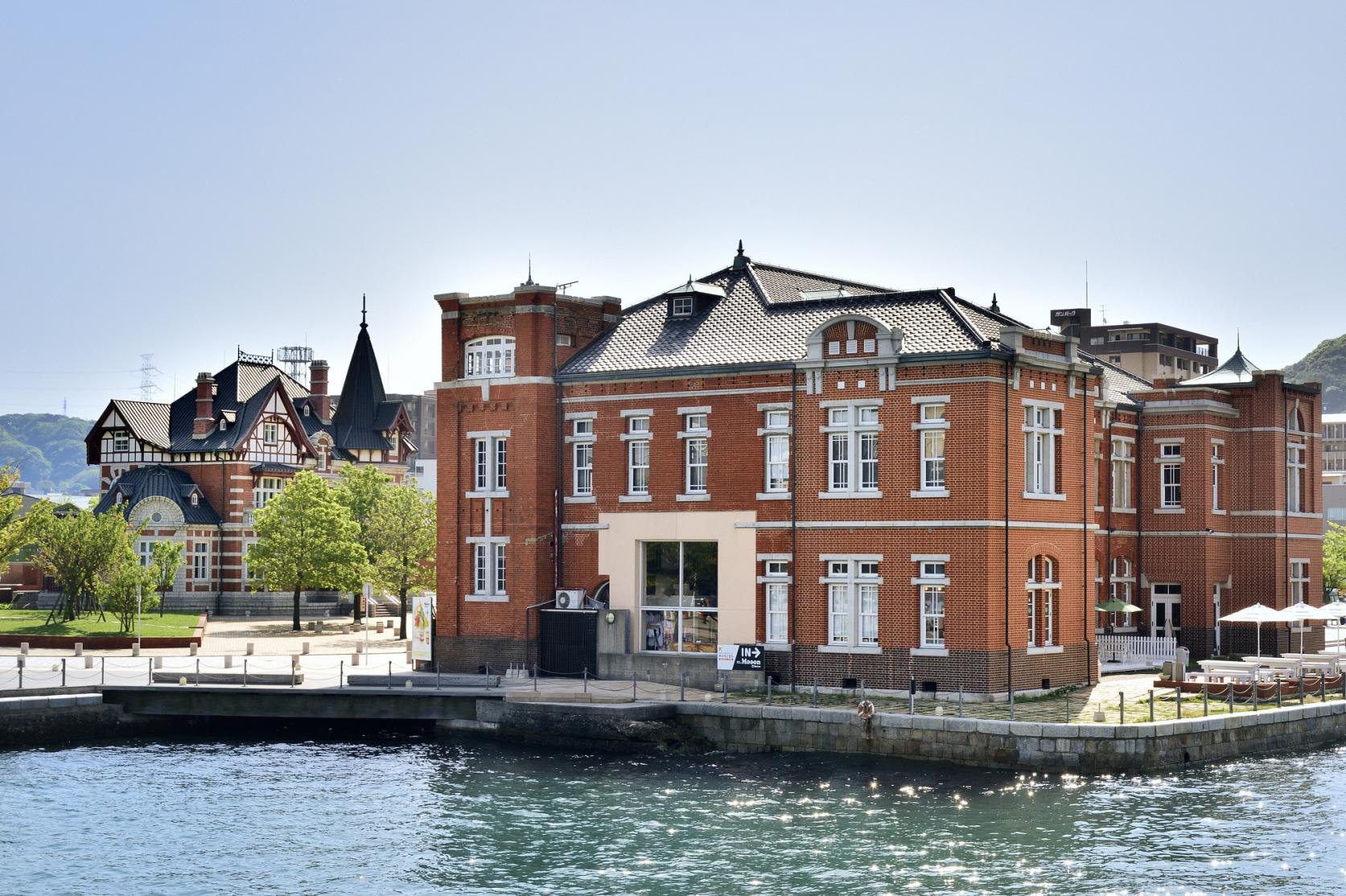
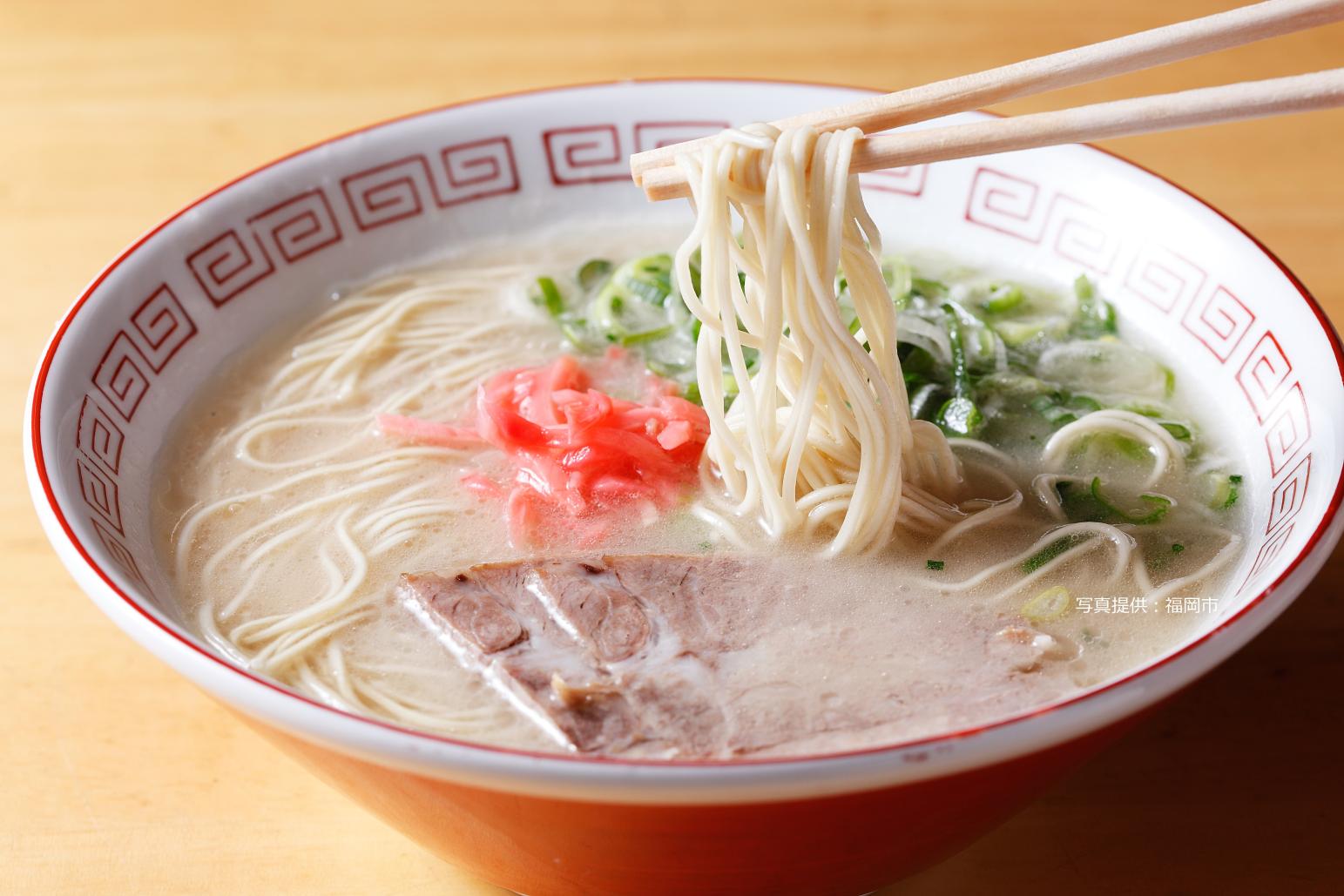
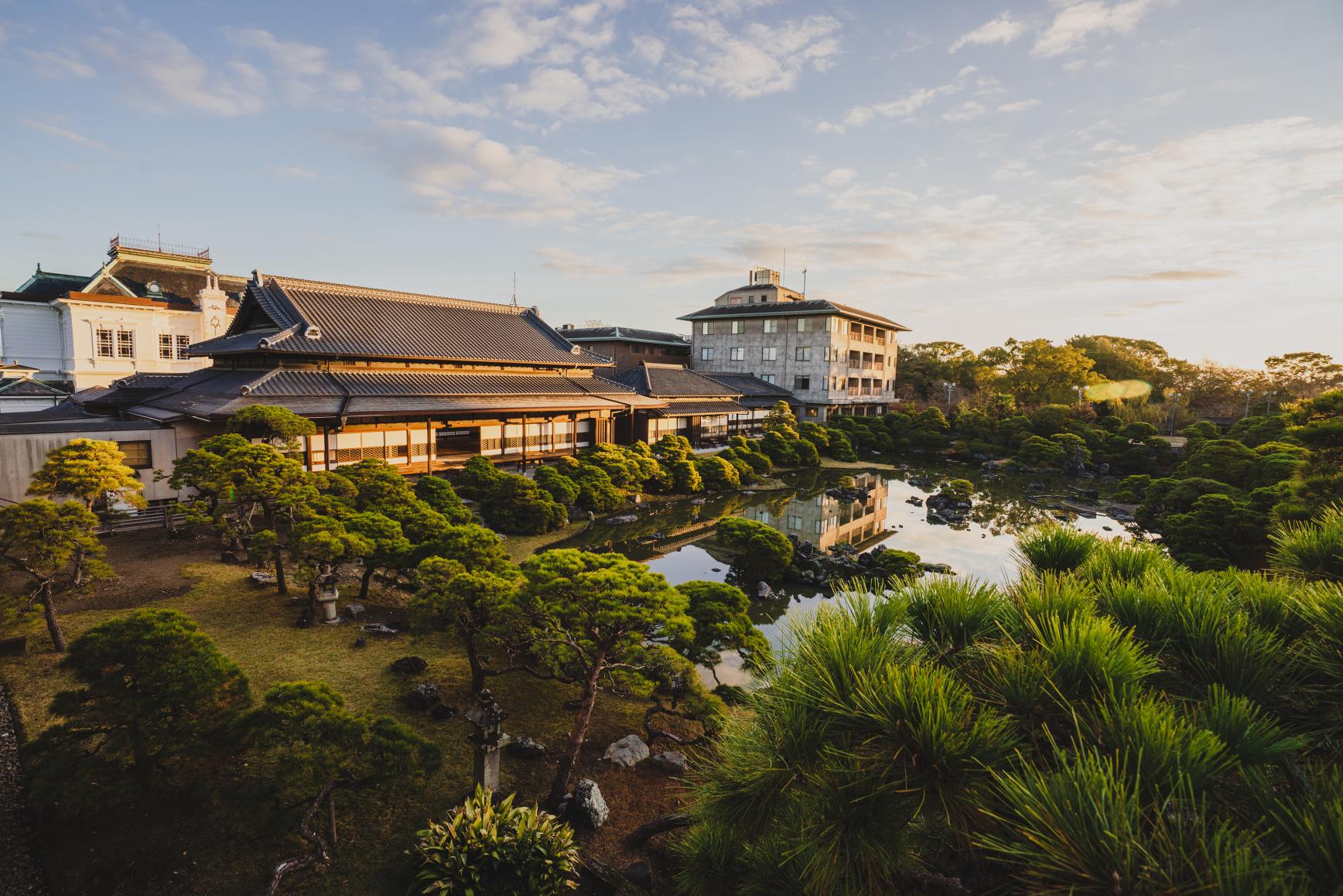
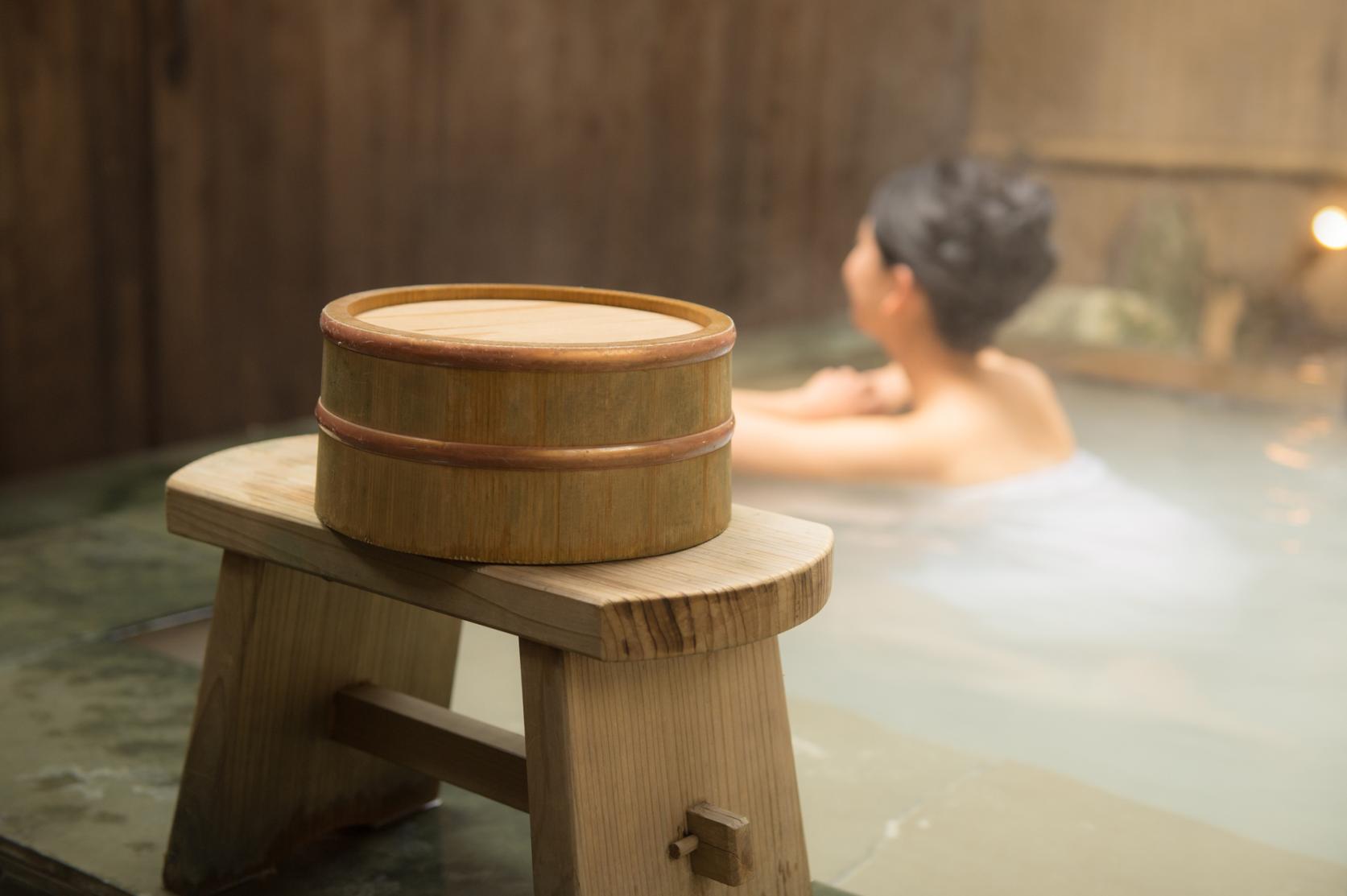
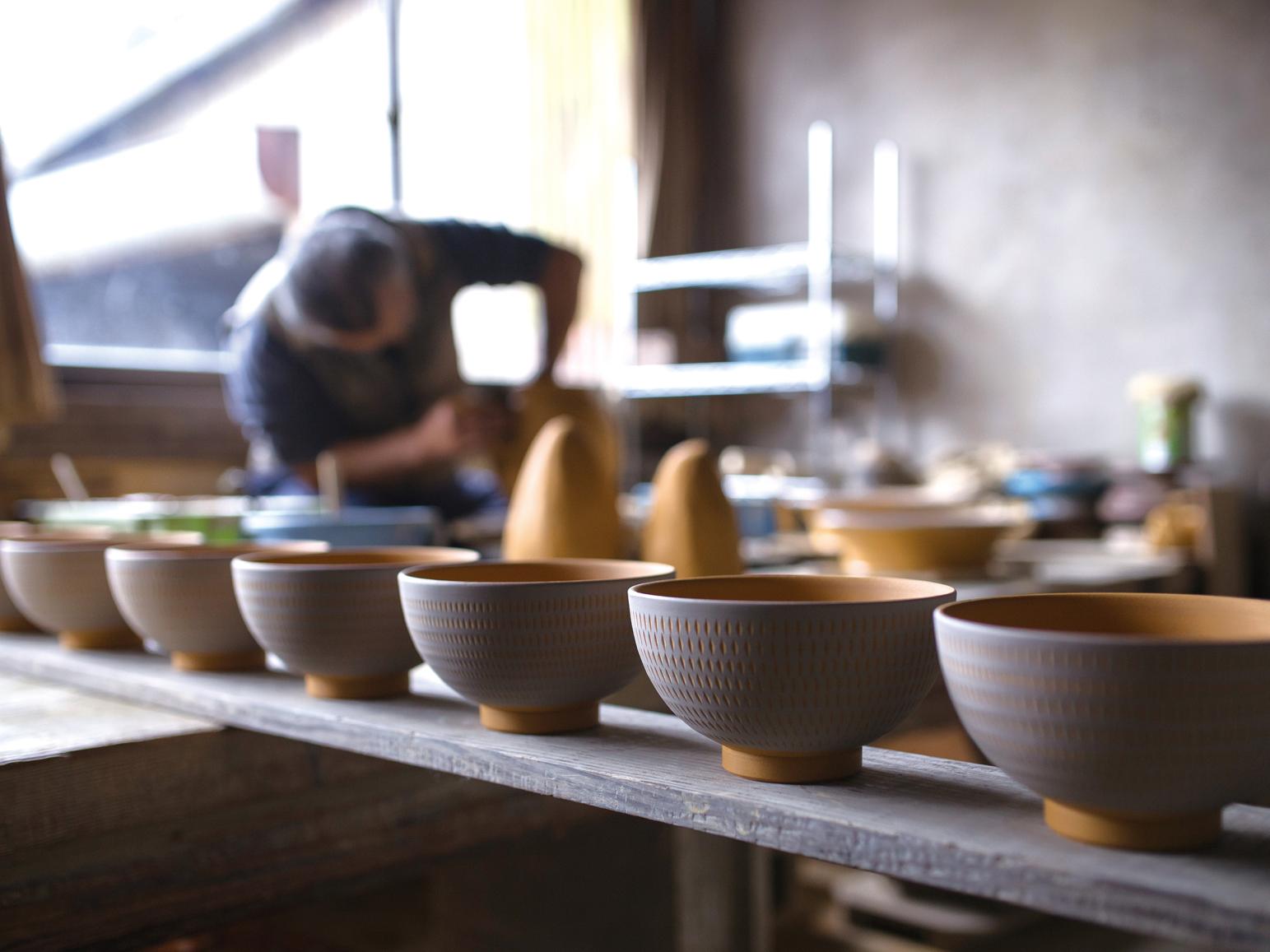
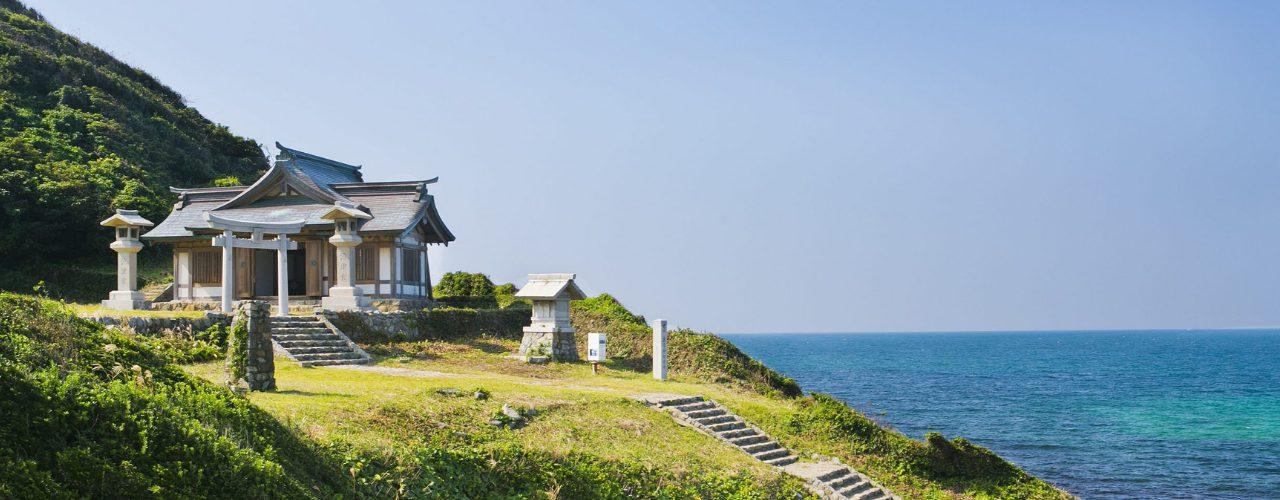
![[2025] Strawberry Picking Spots in Fukuoka-1](https://www.crossroadfukuoka.jp/storage/special_features/49/responsive_images/9ZHgrqvQdpH8tM4IRF54DXu0aPBF3YGGkj5WOTGc__1673_1115.jpg)
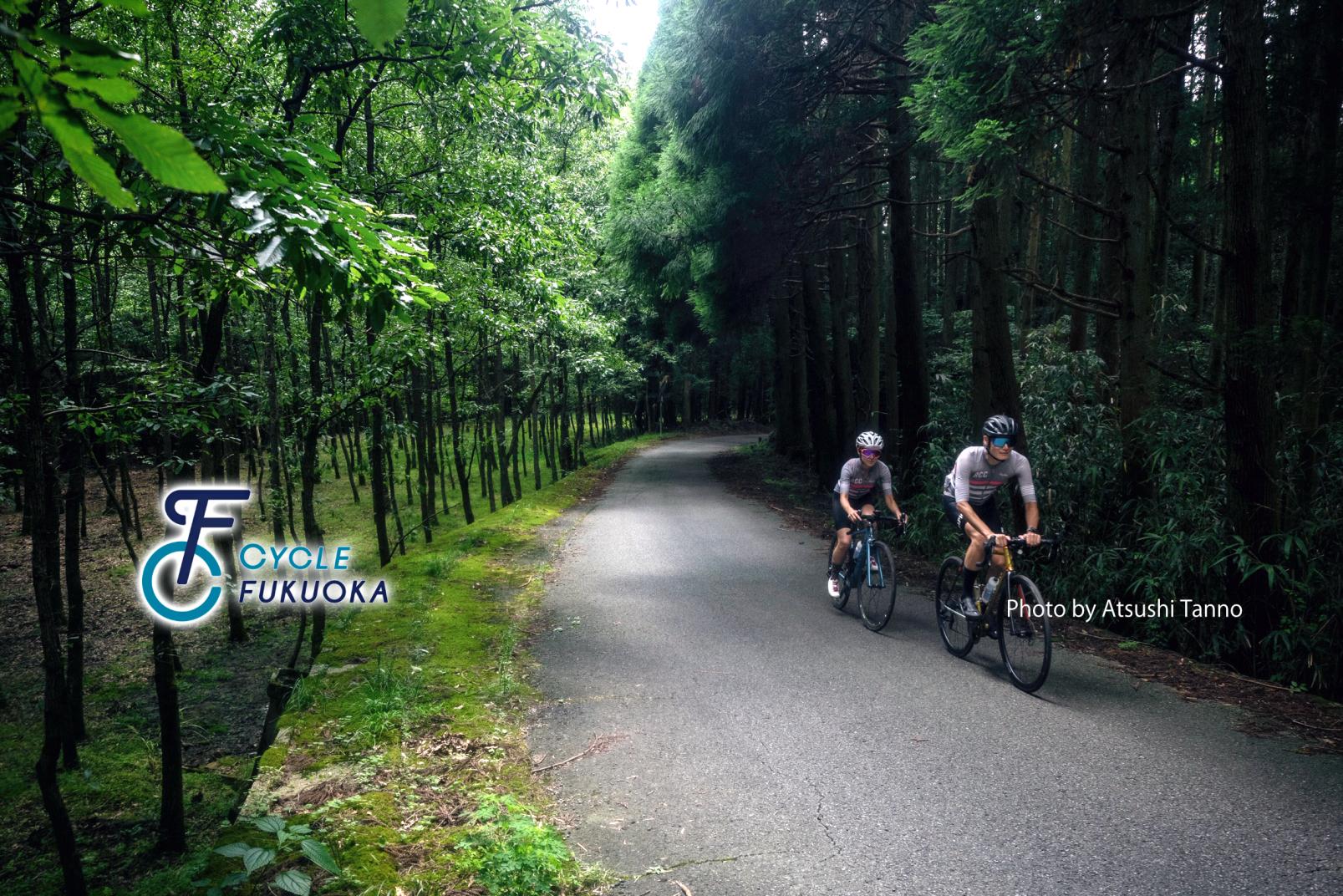
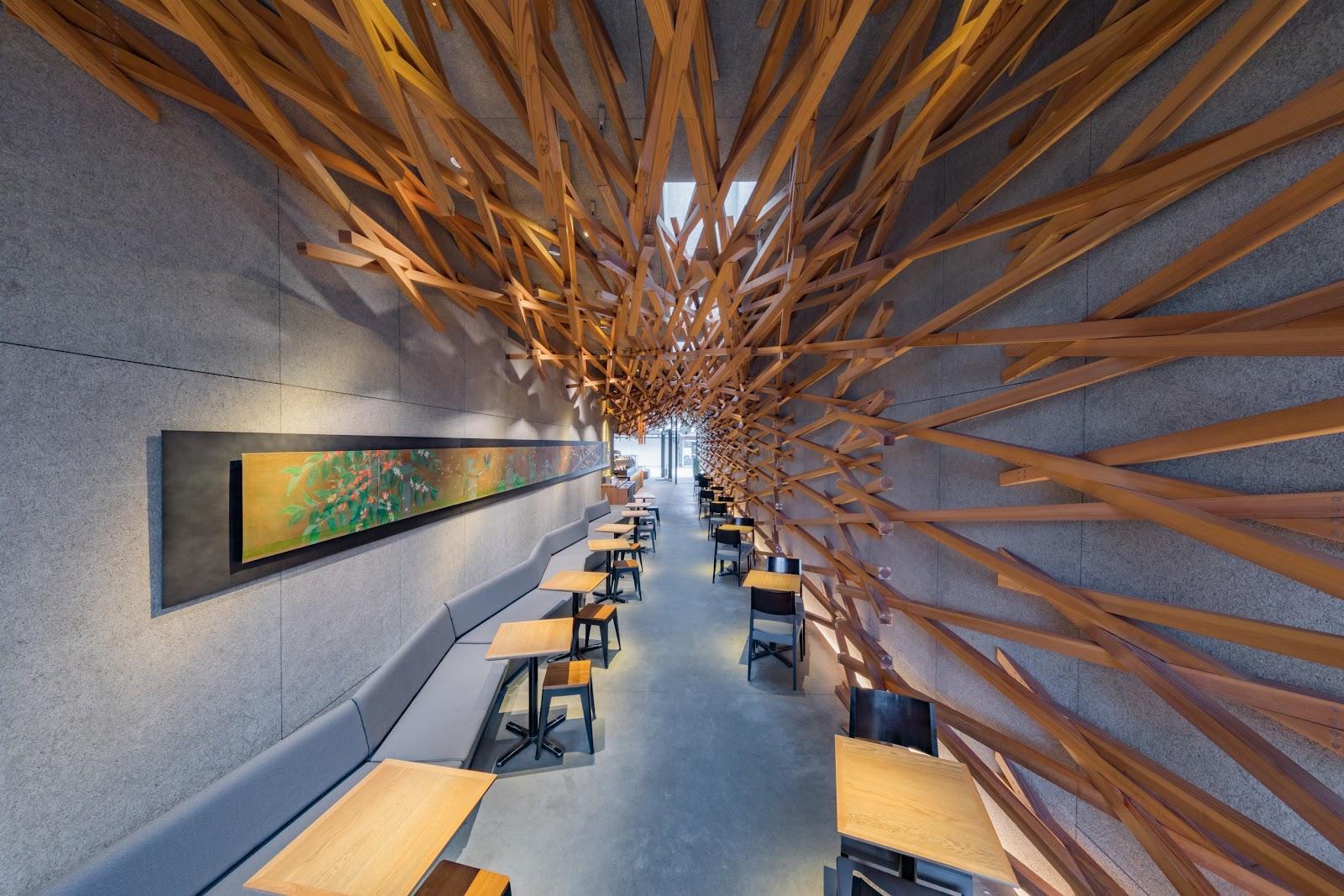
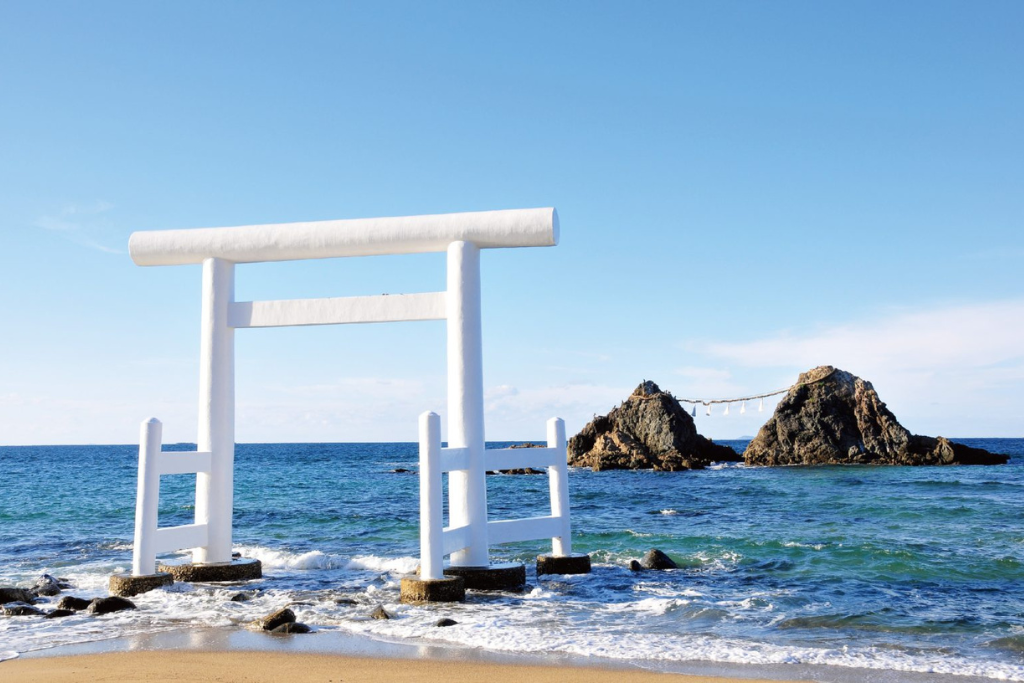
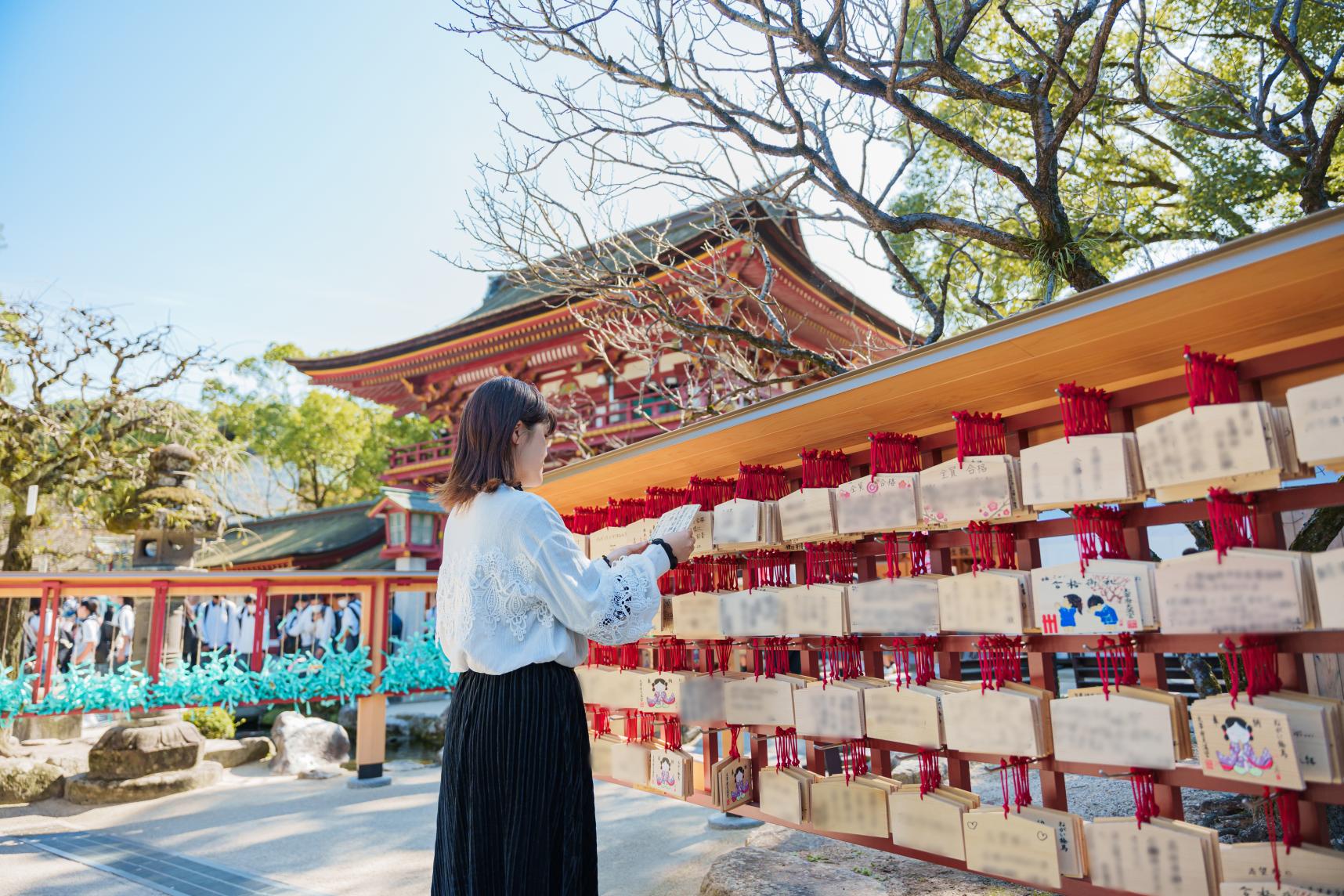
![[2024 Edition] Filled with blessings! The ultimate Fukuoka power spots to bring you happiness.-1](https://www.crossroadfukuoka.jp/storage/special_features/320/responsive_images/6SsCvBDXBhlZoAGUgarTOpZpEaEwsIqsWzSxW8cw__1289_856.png)